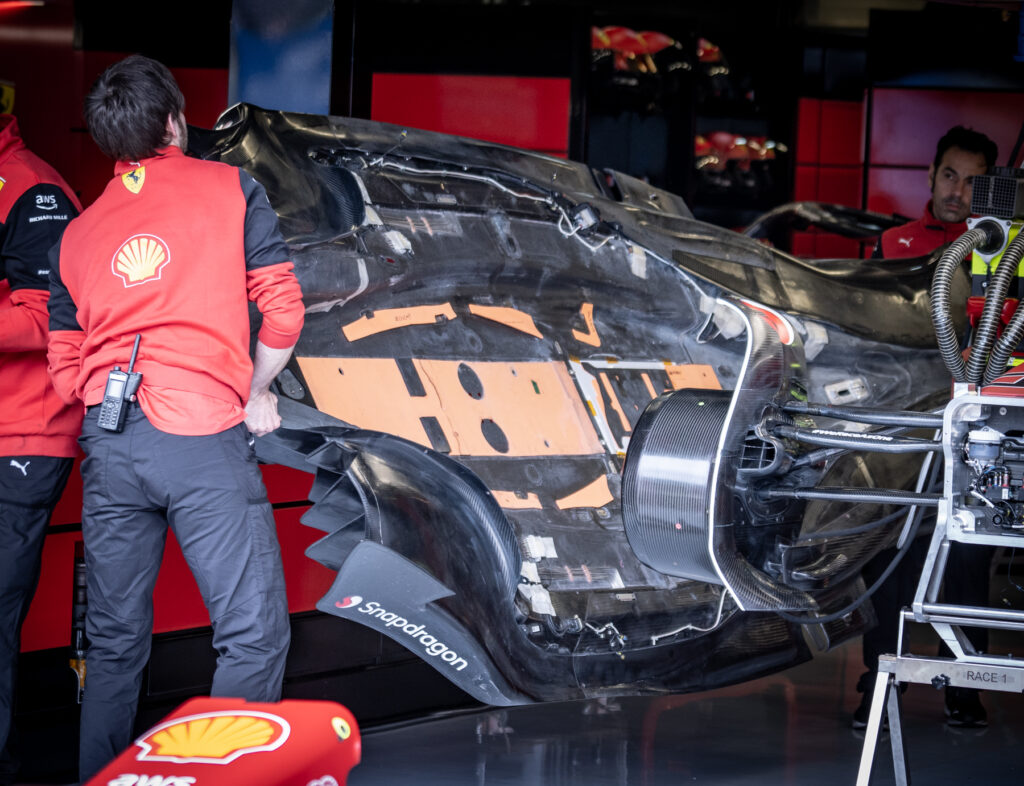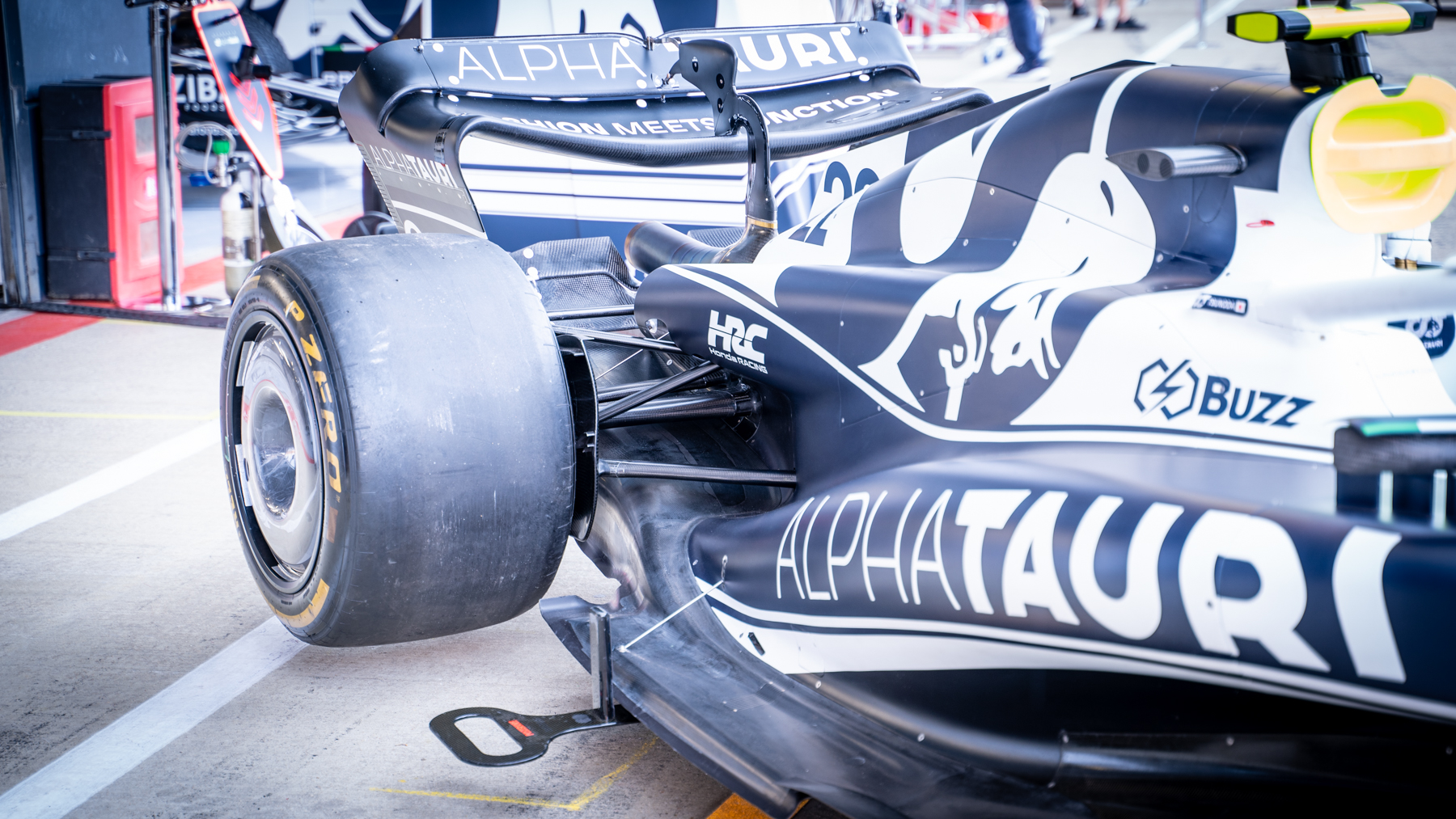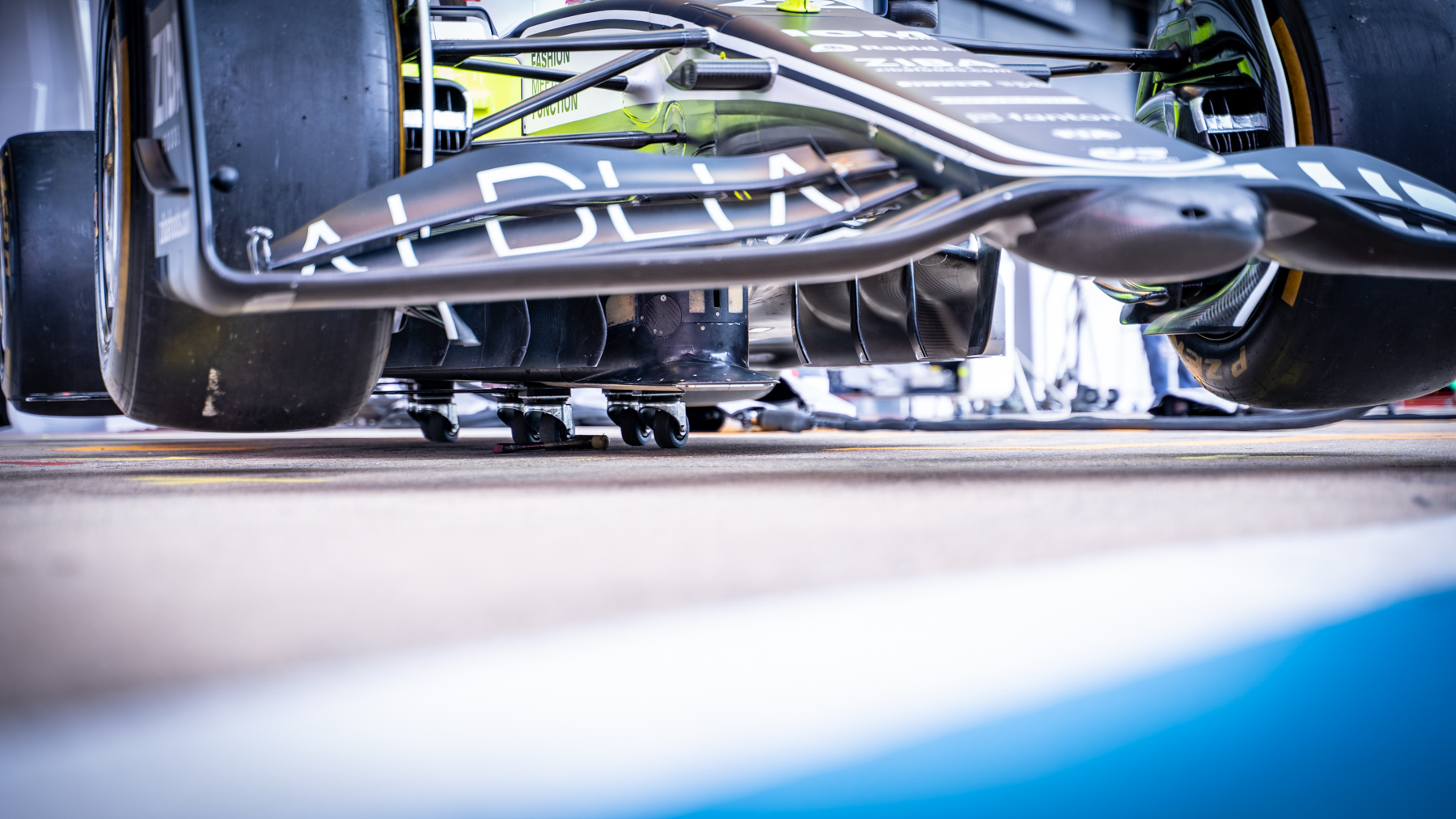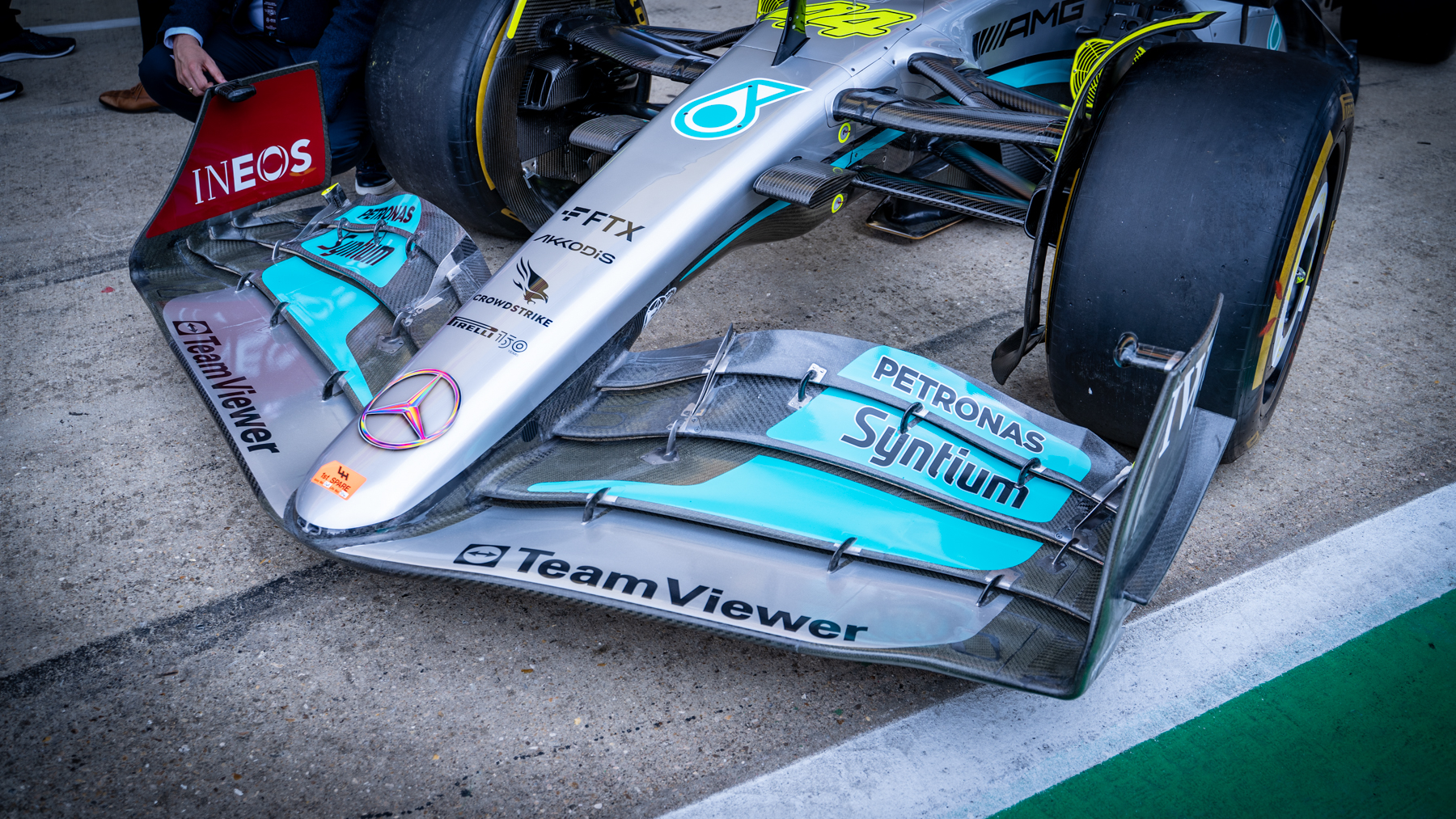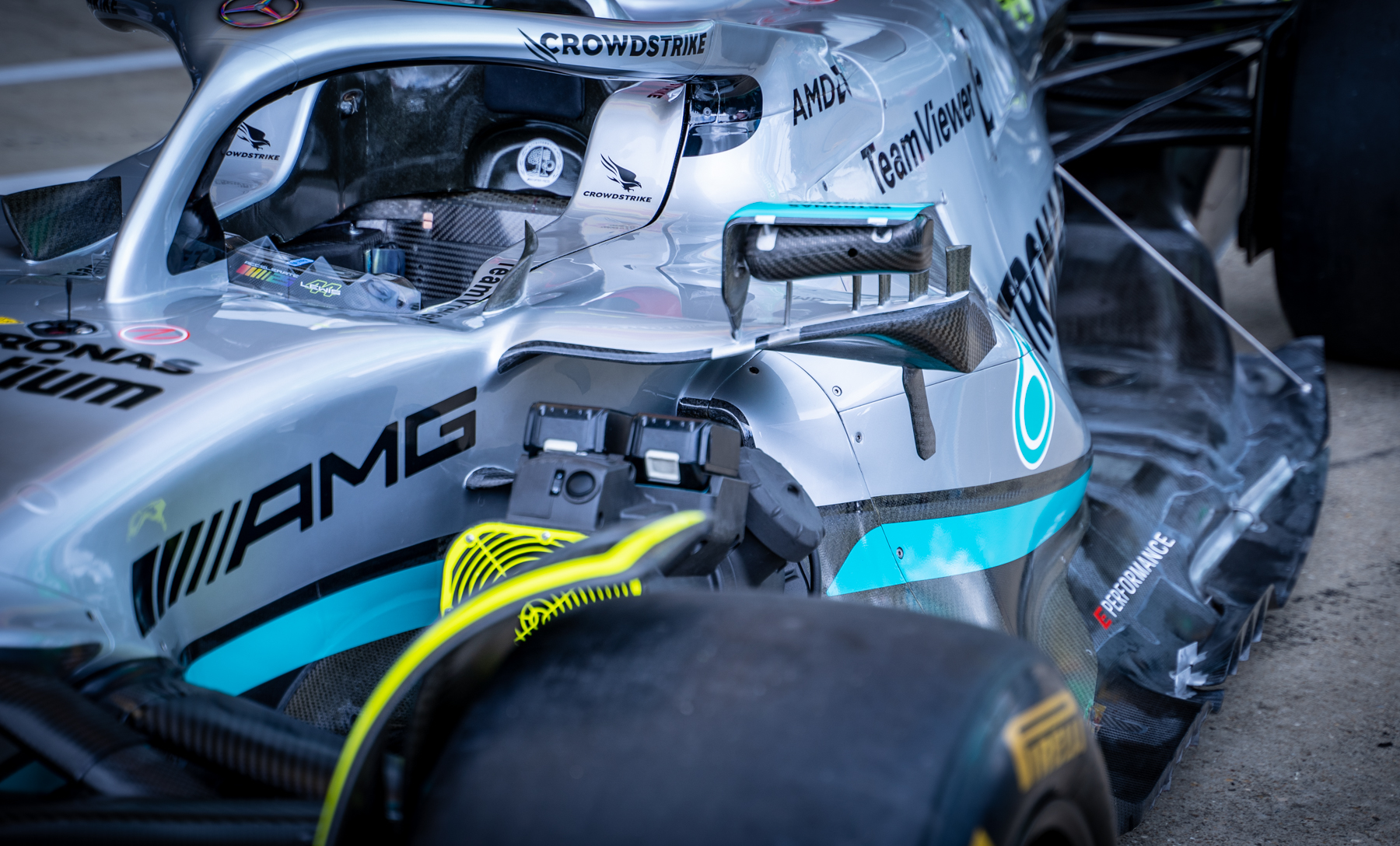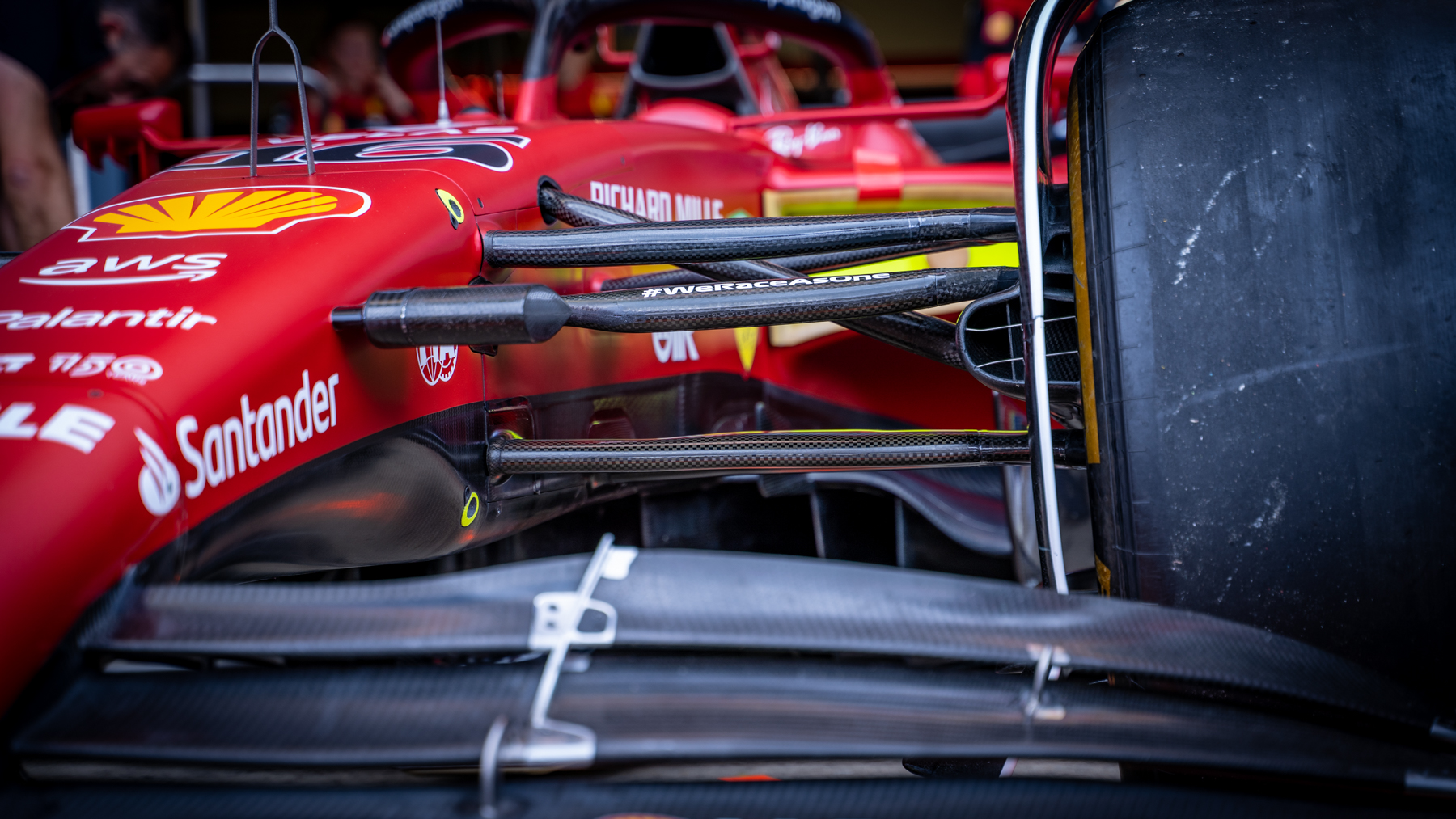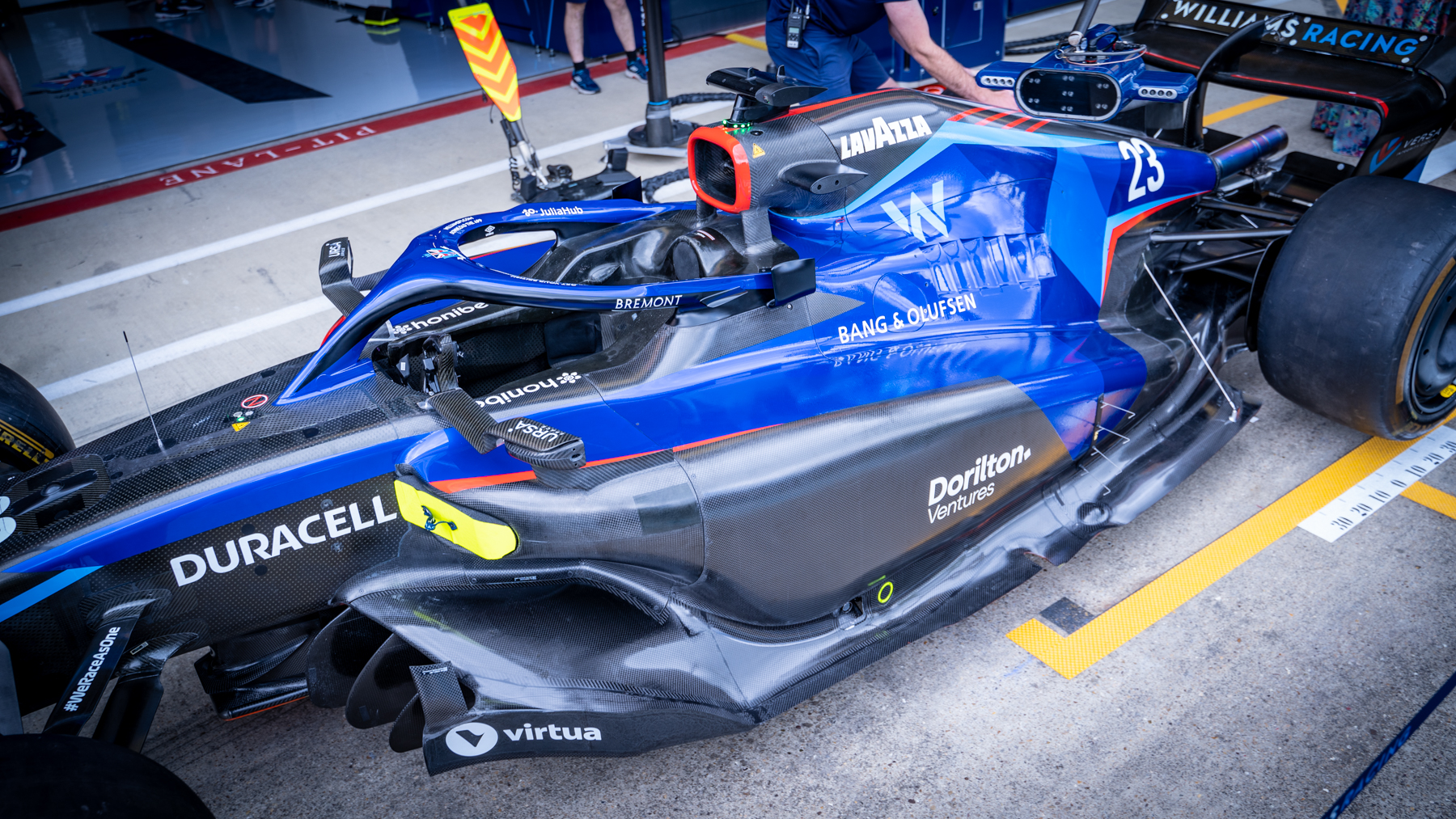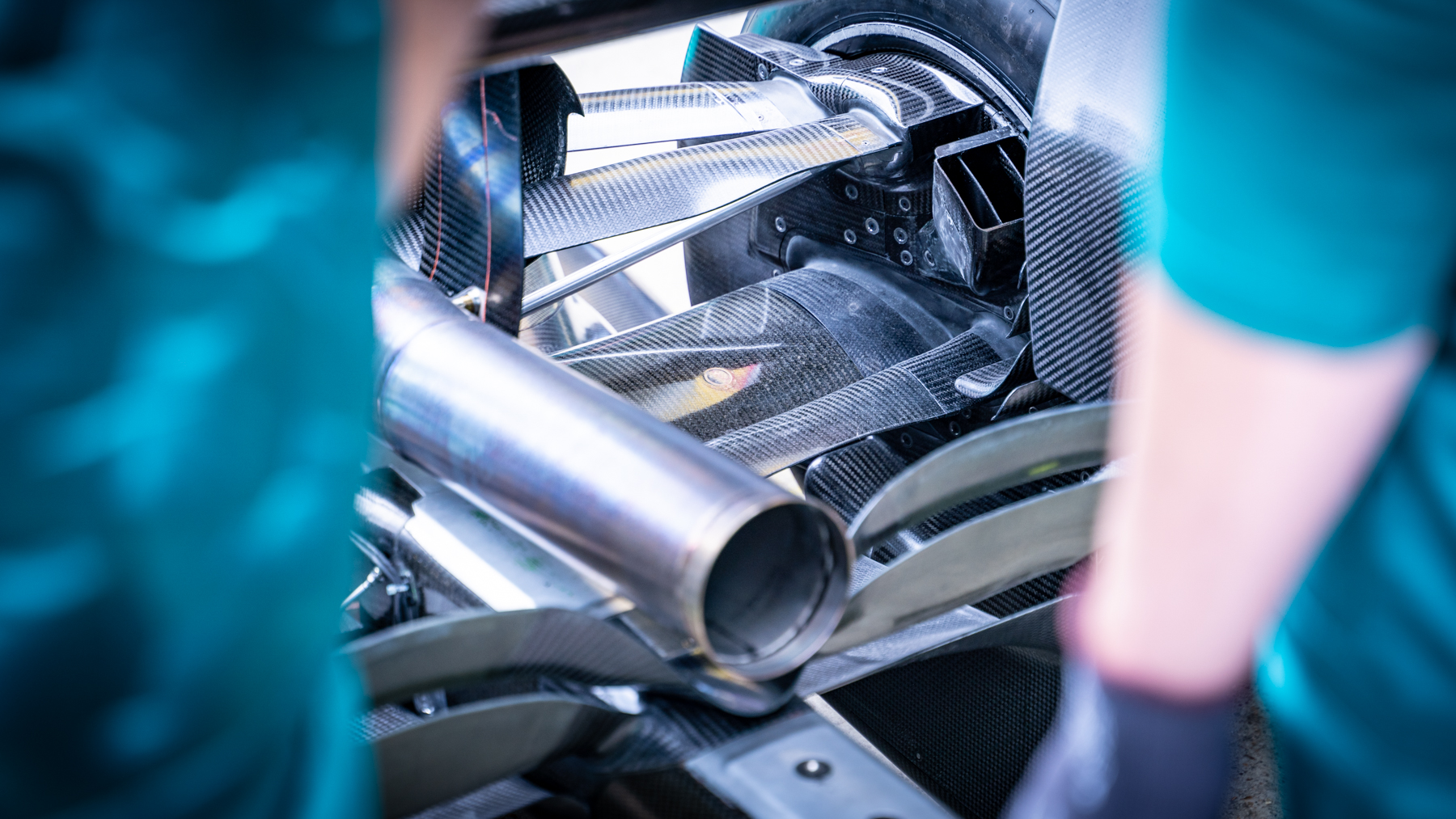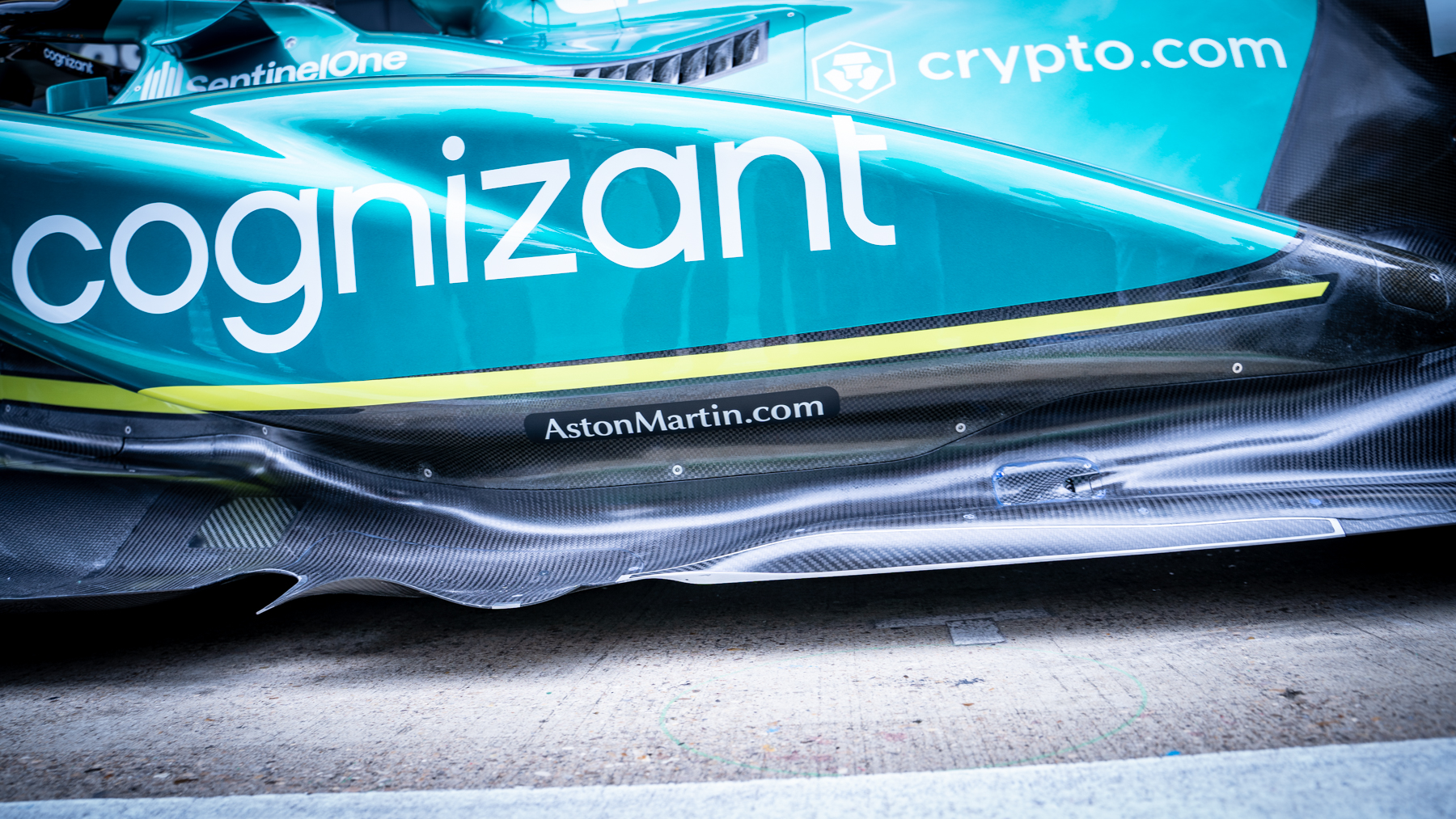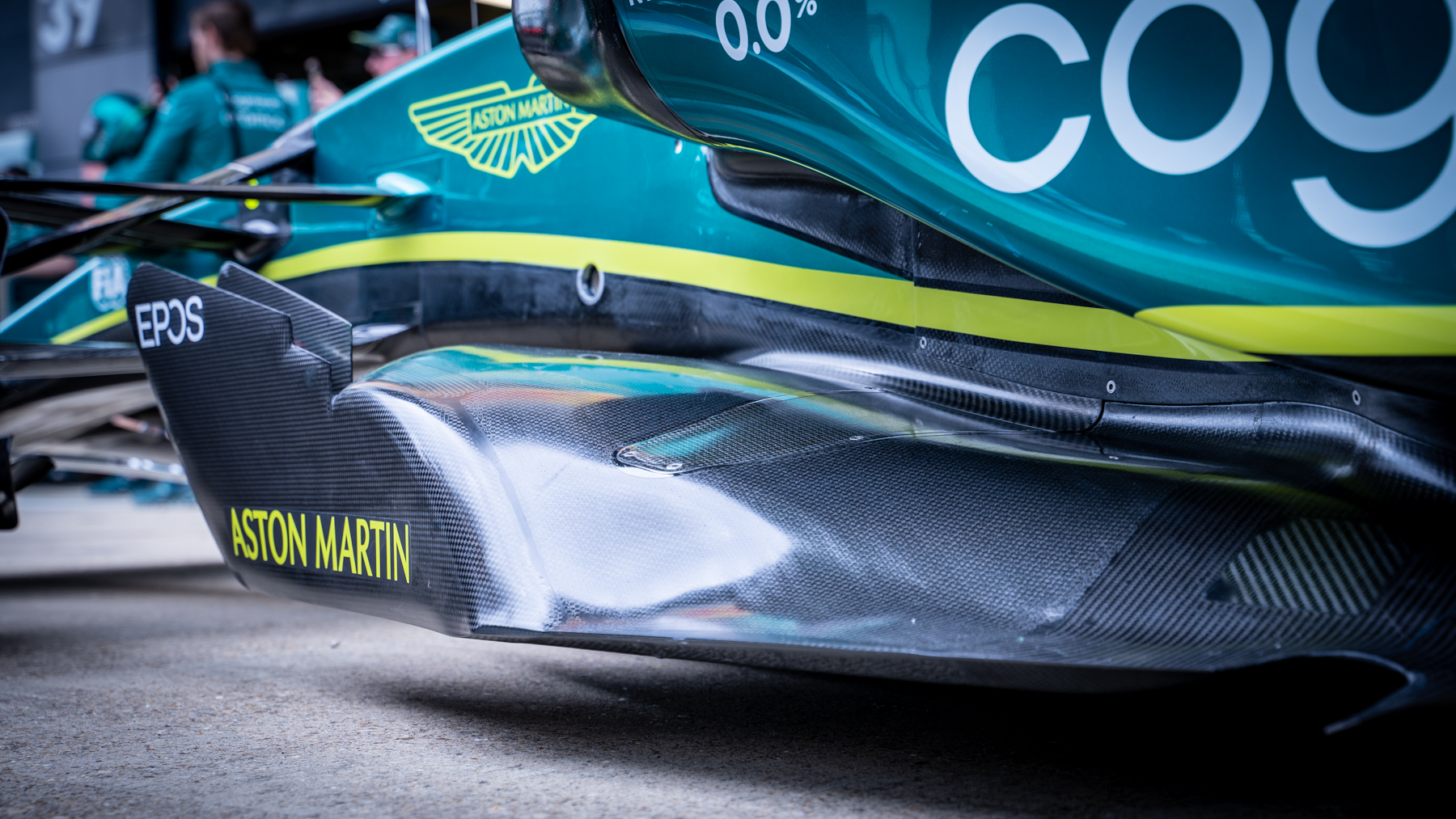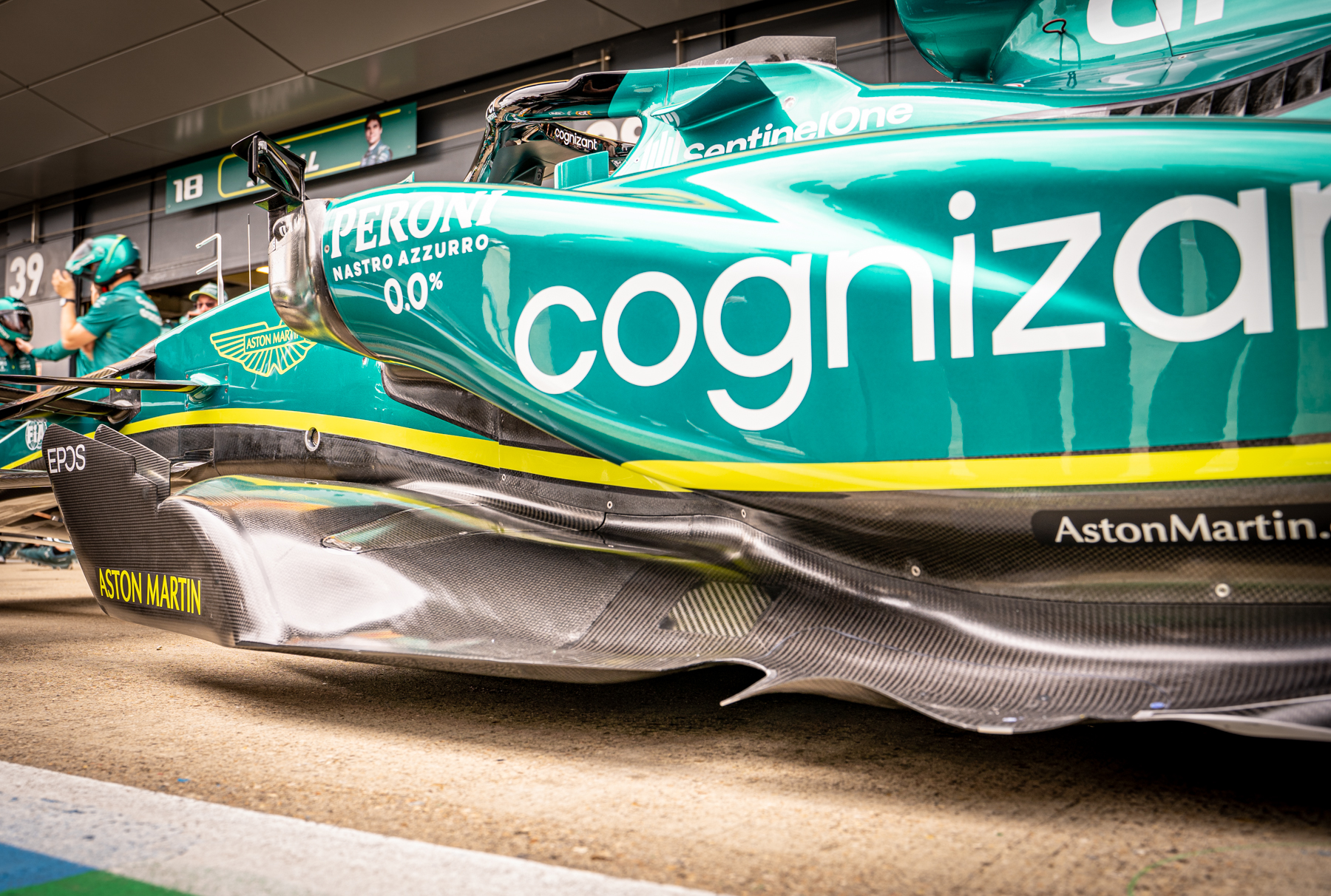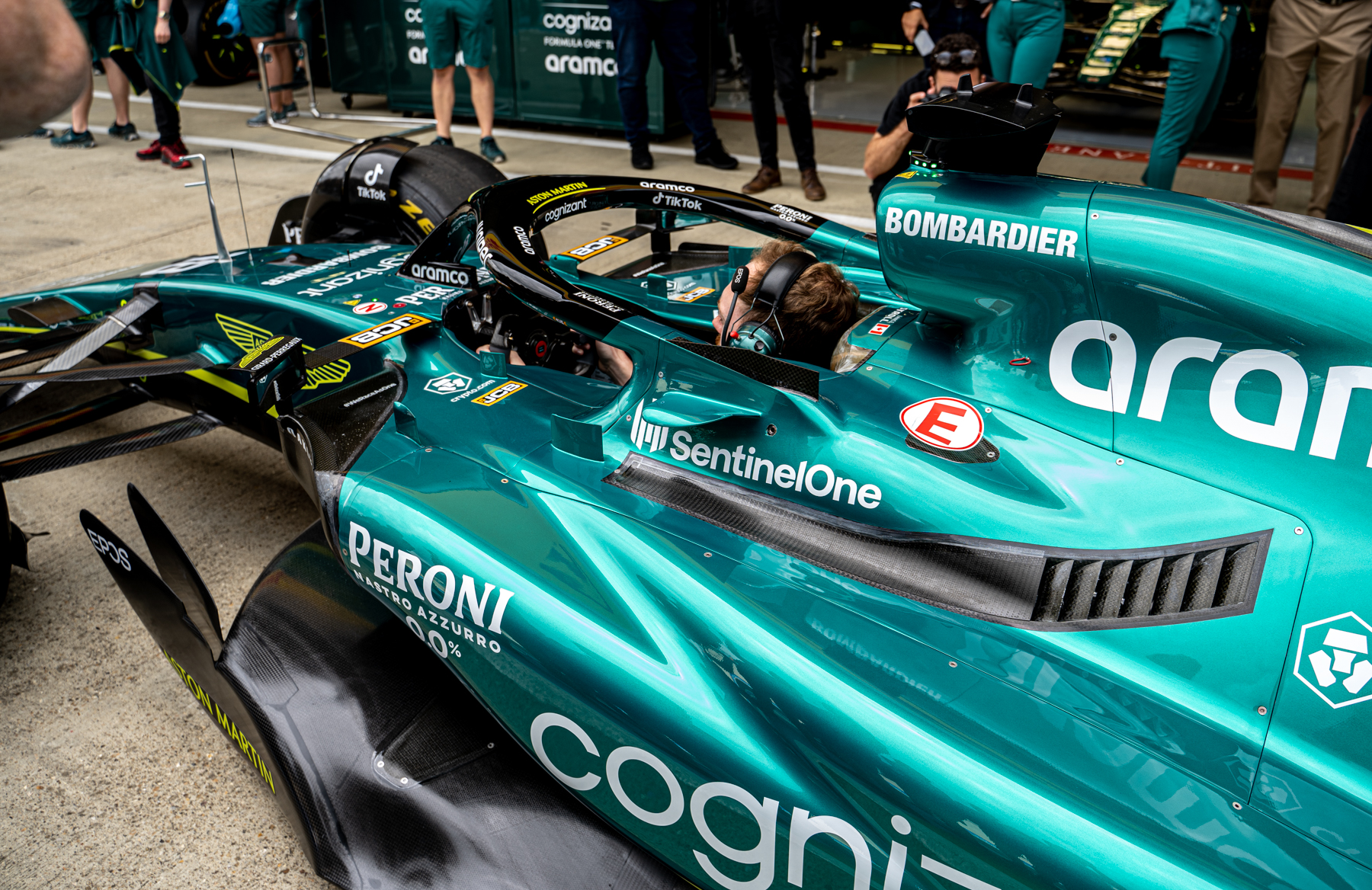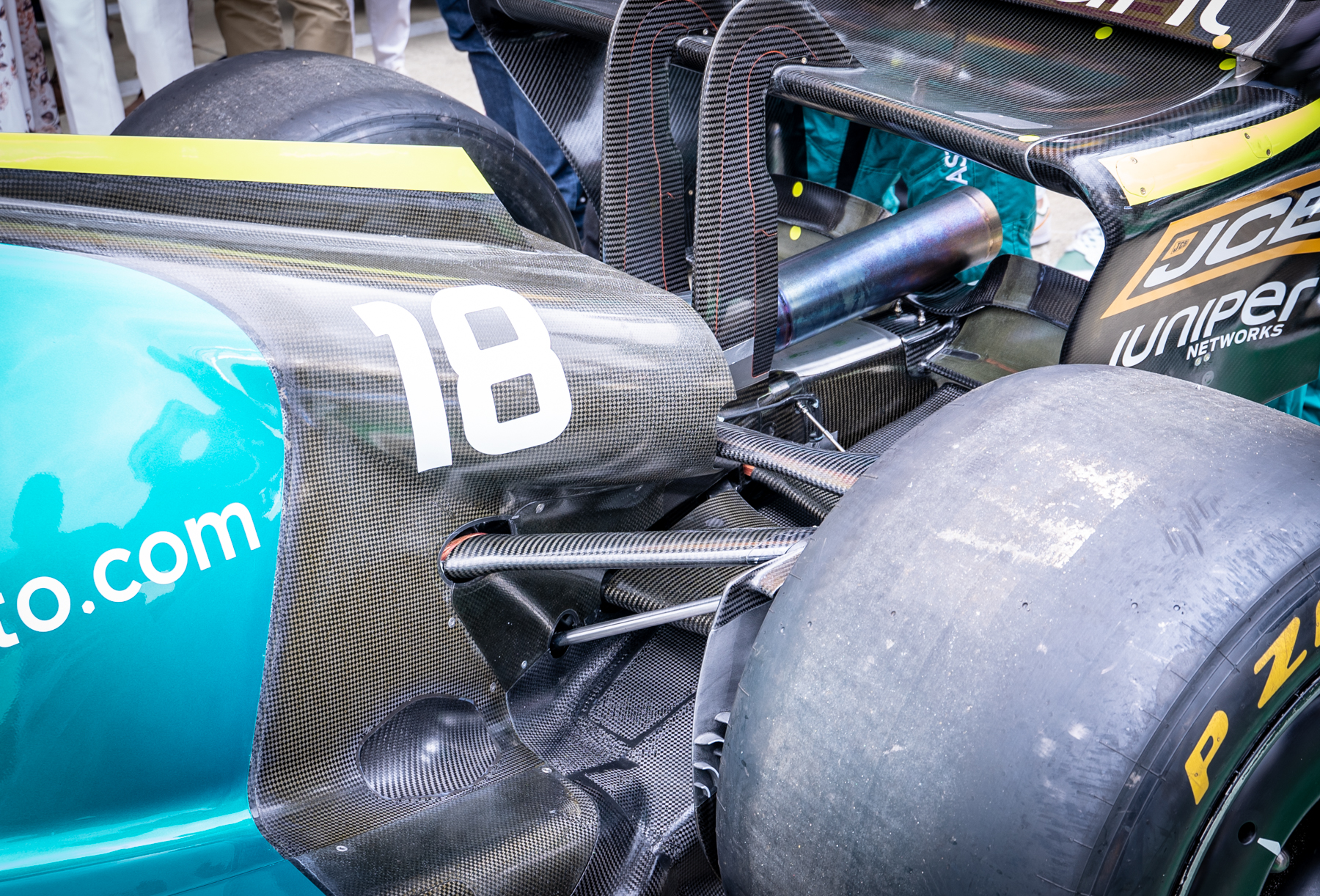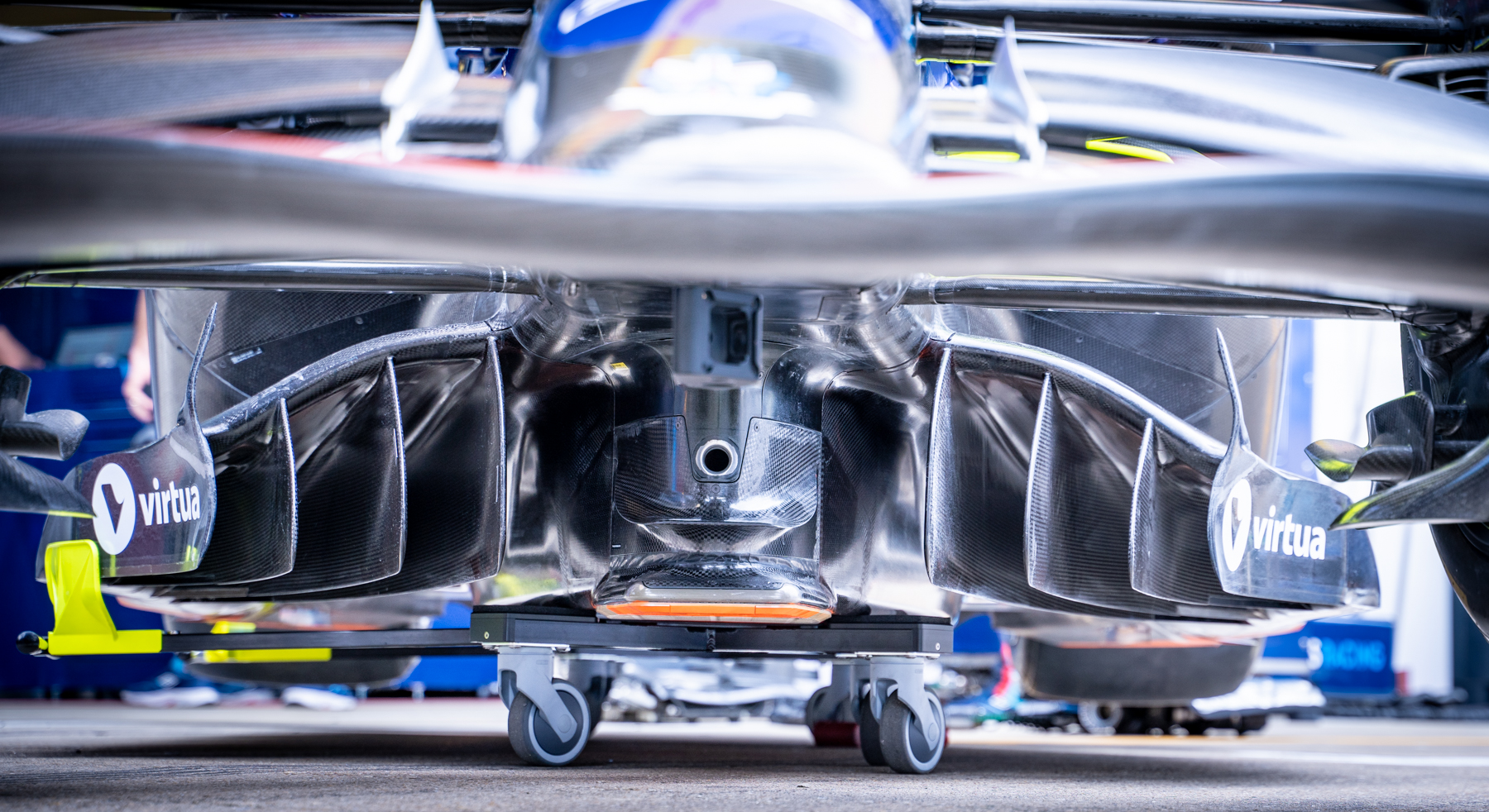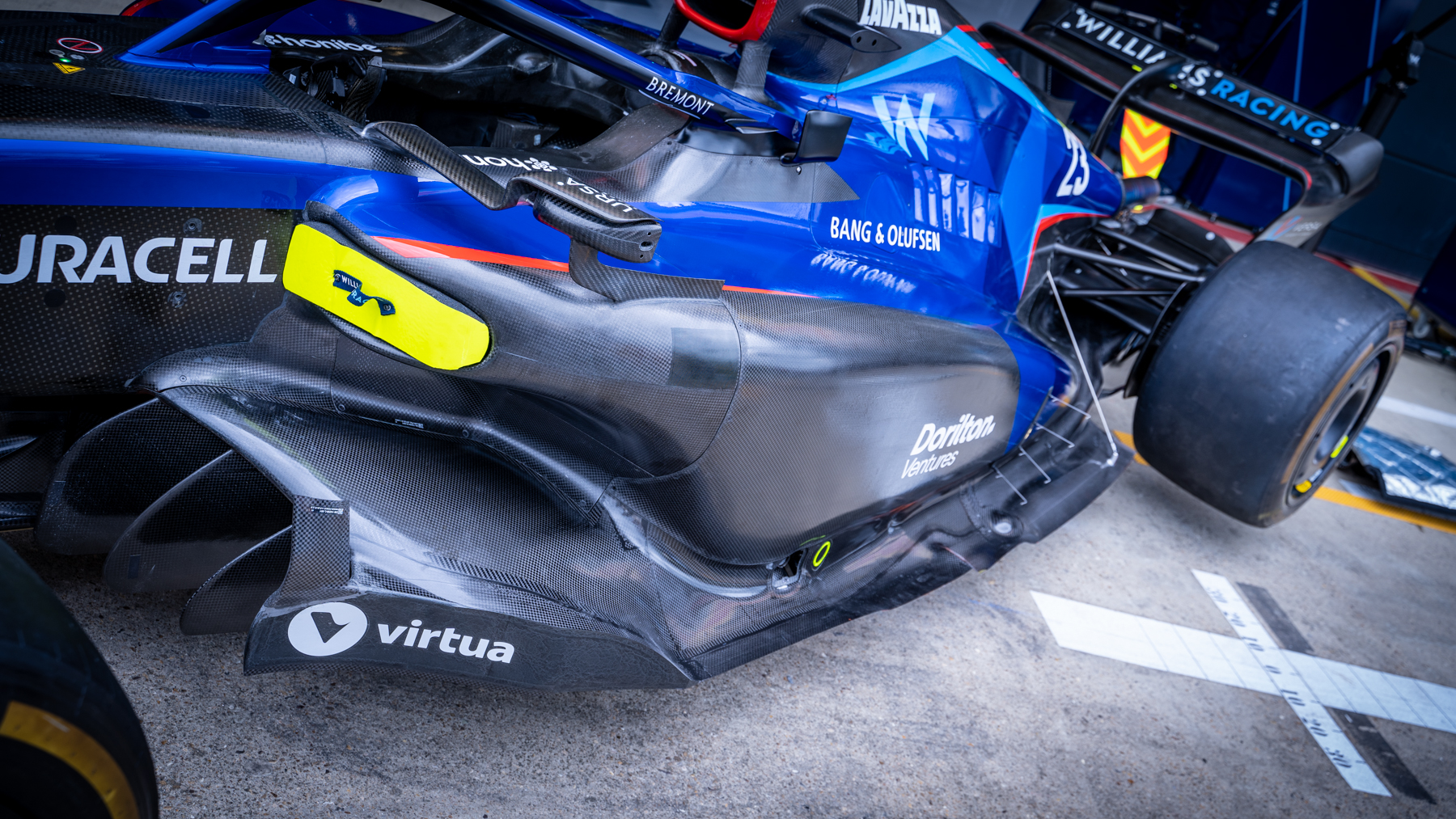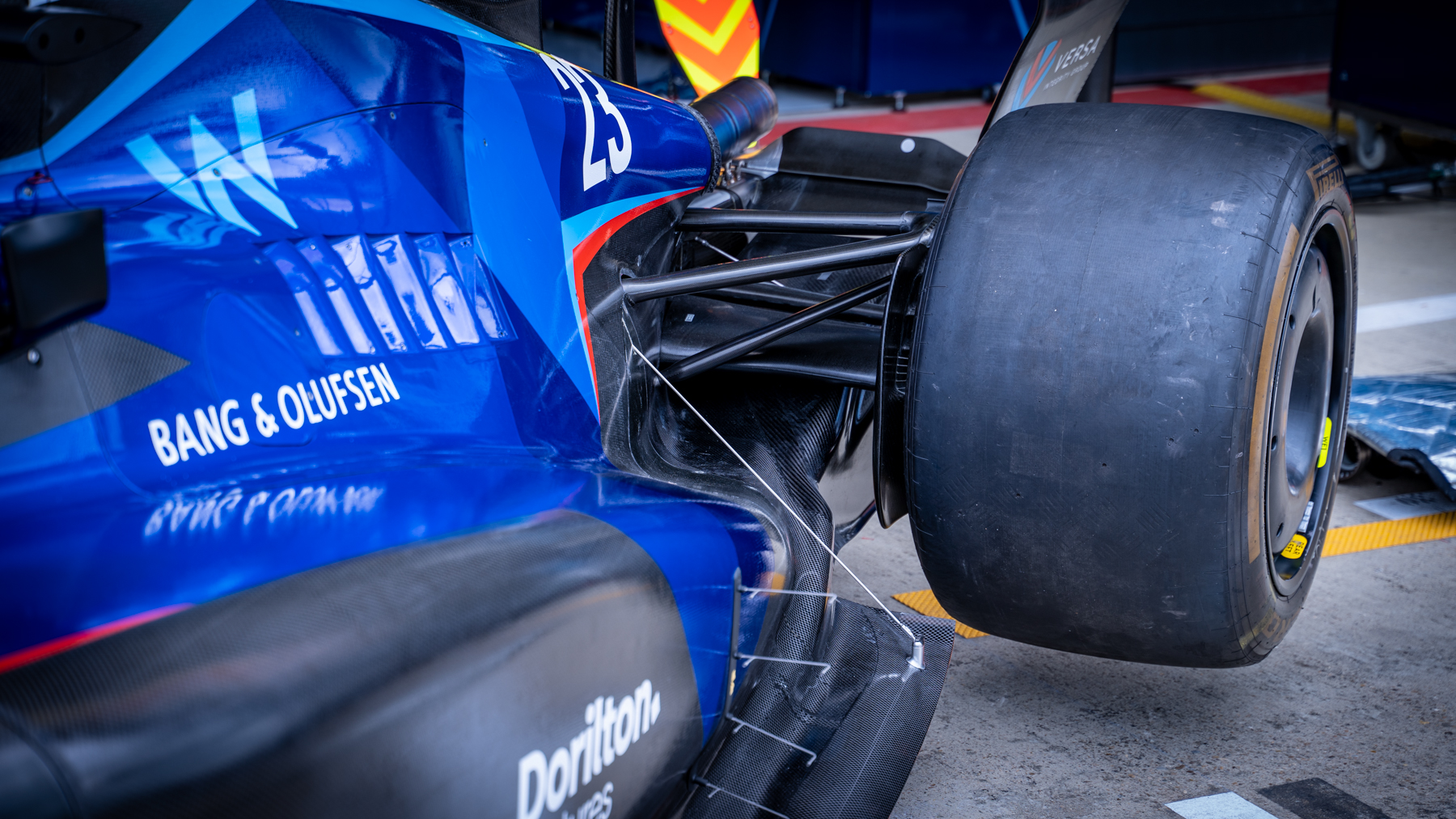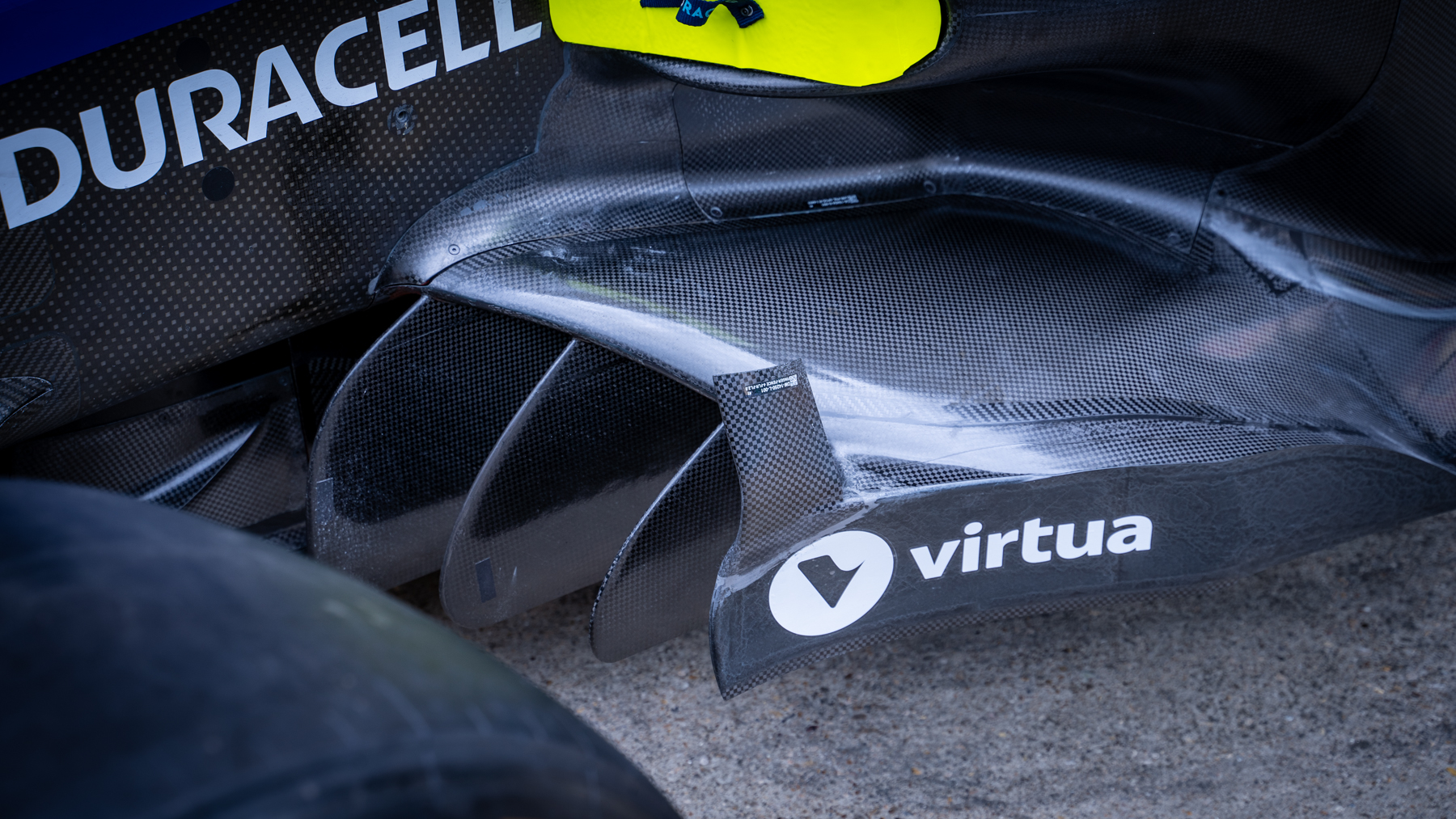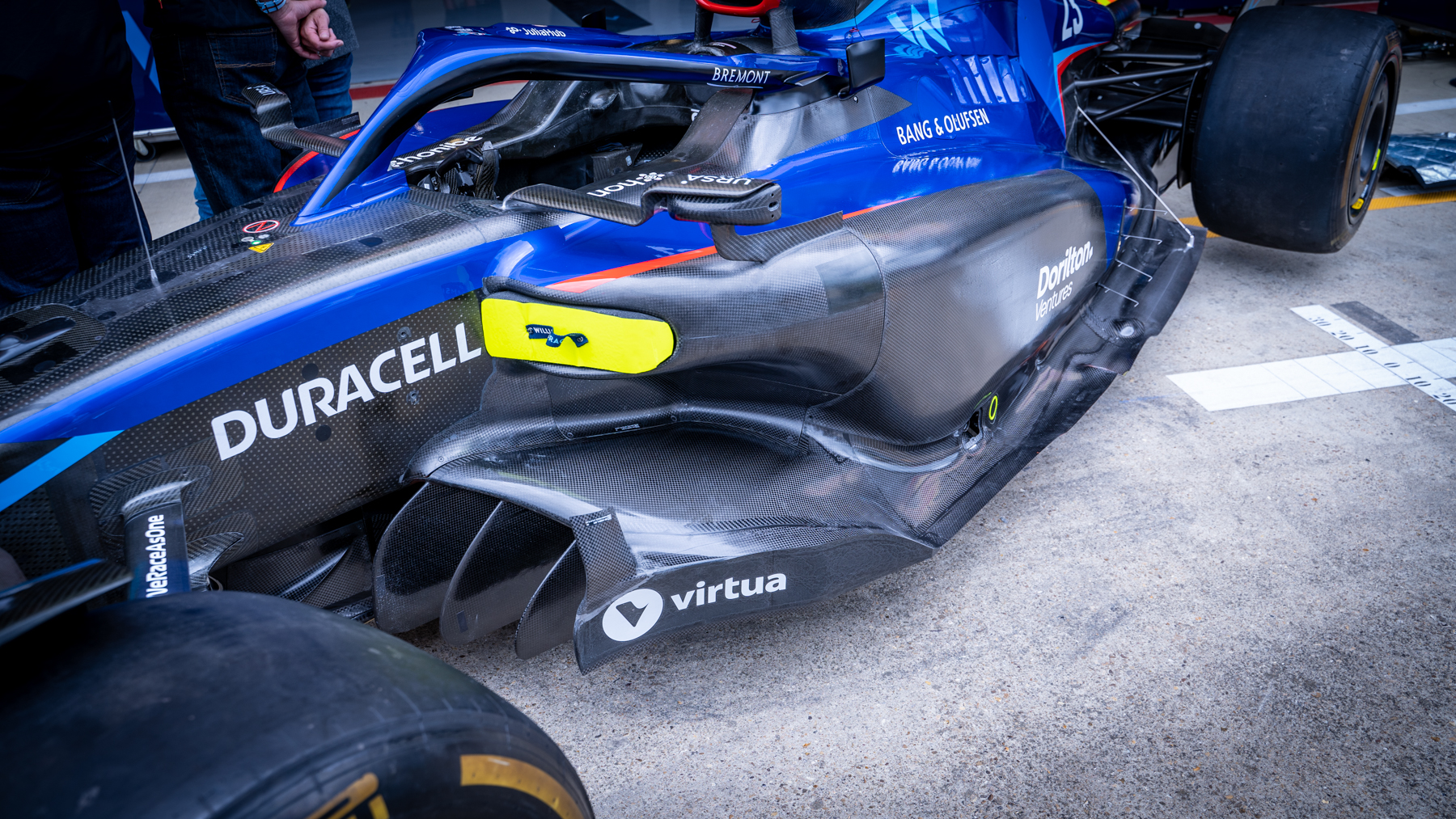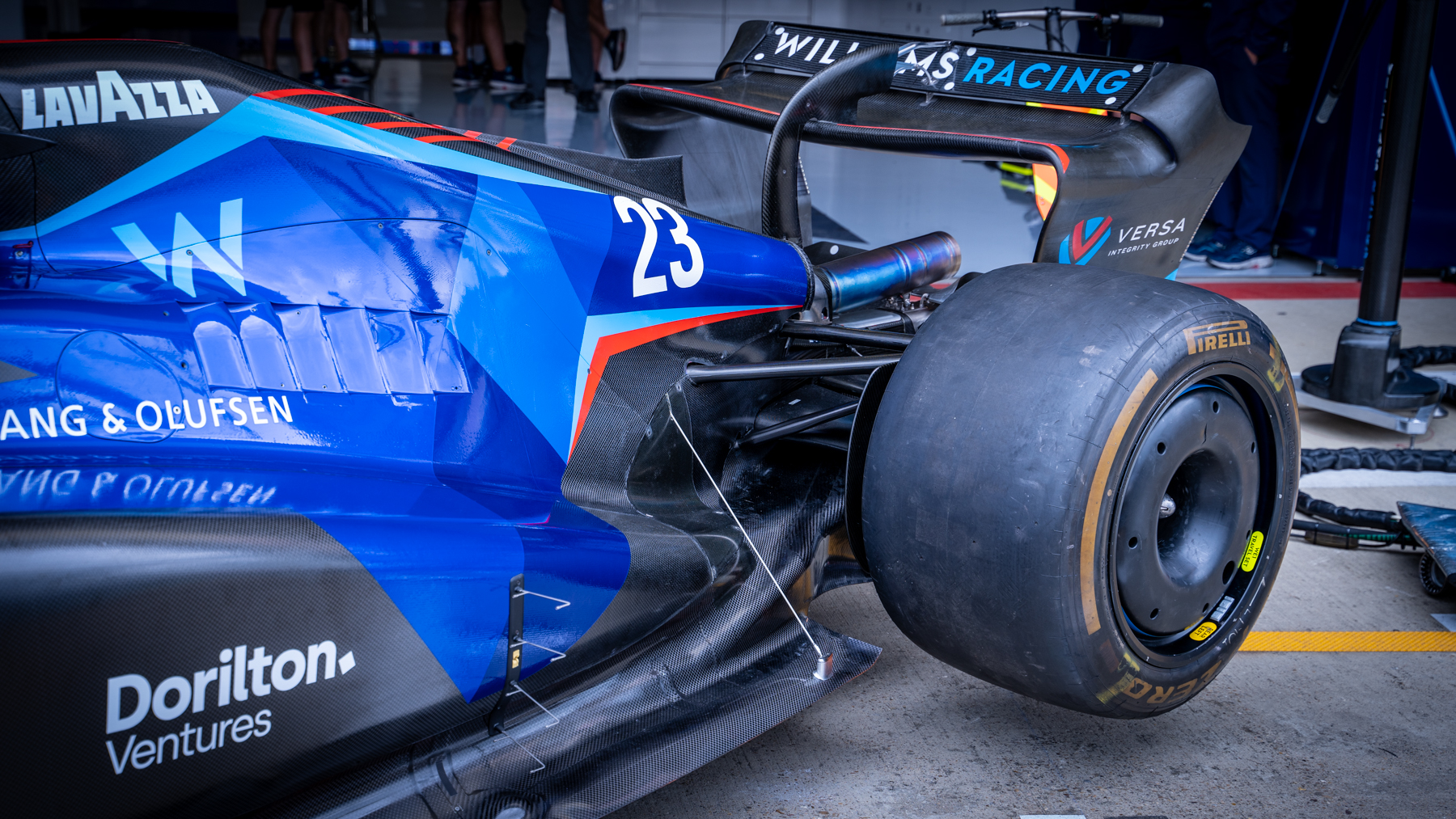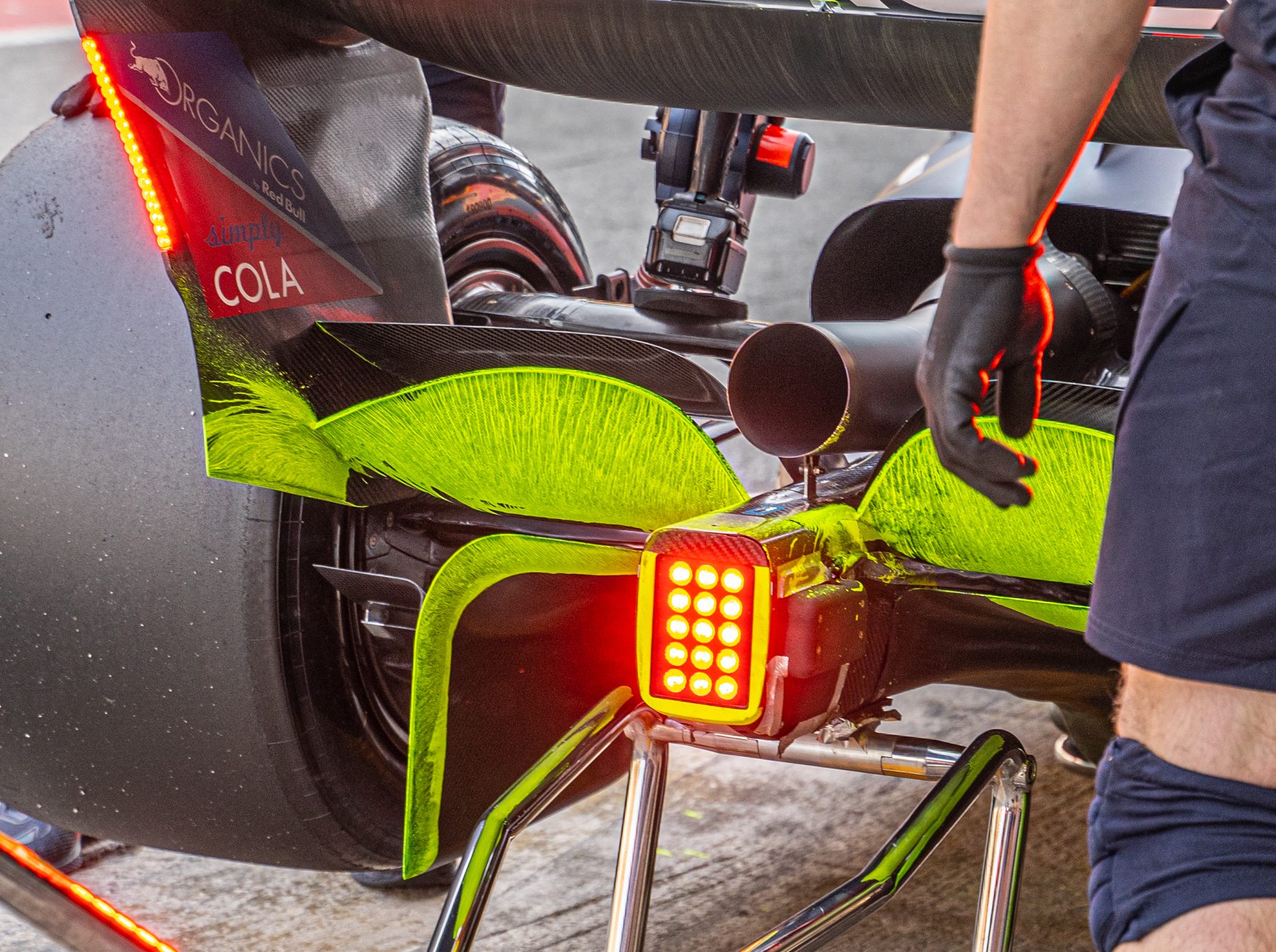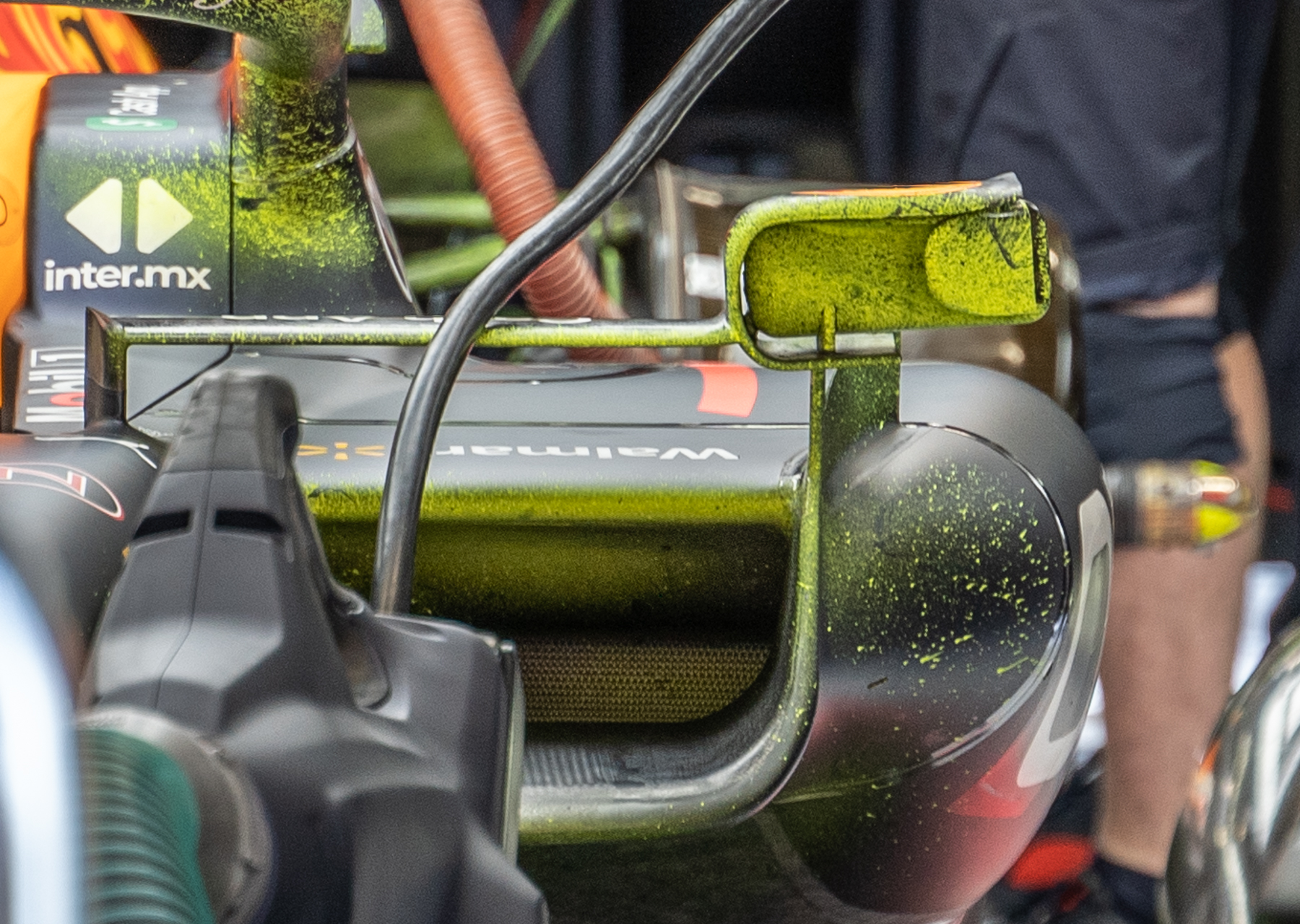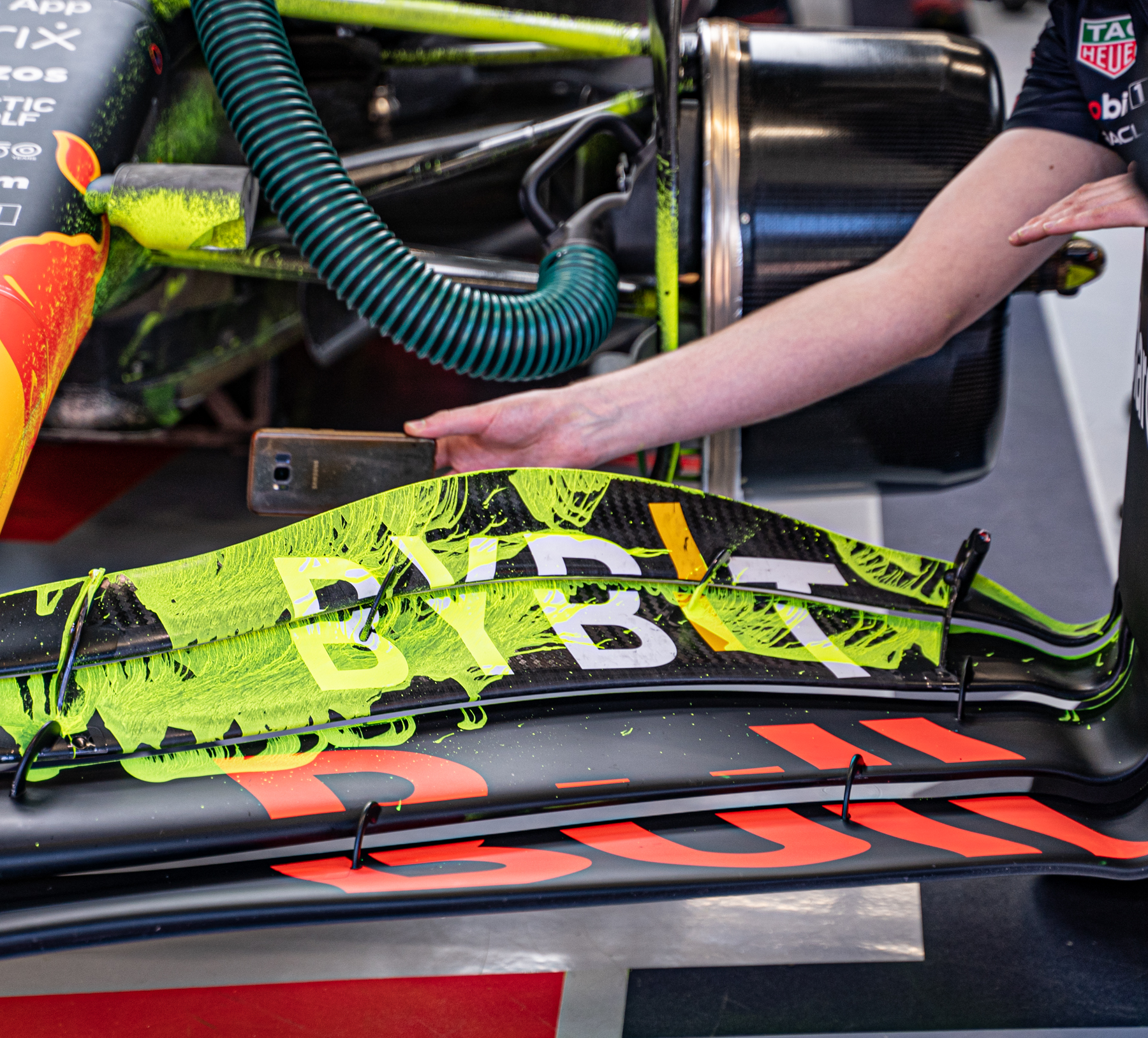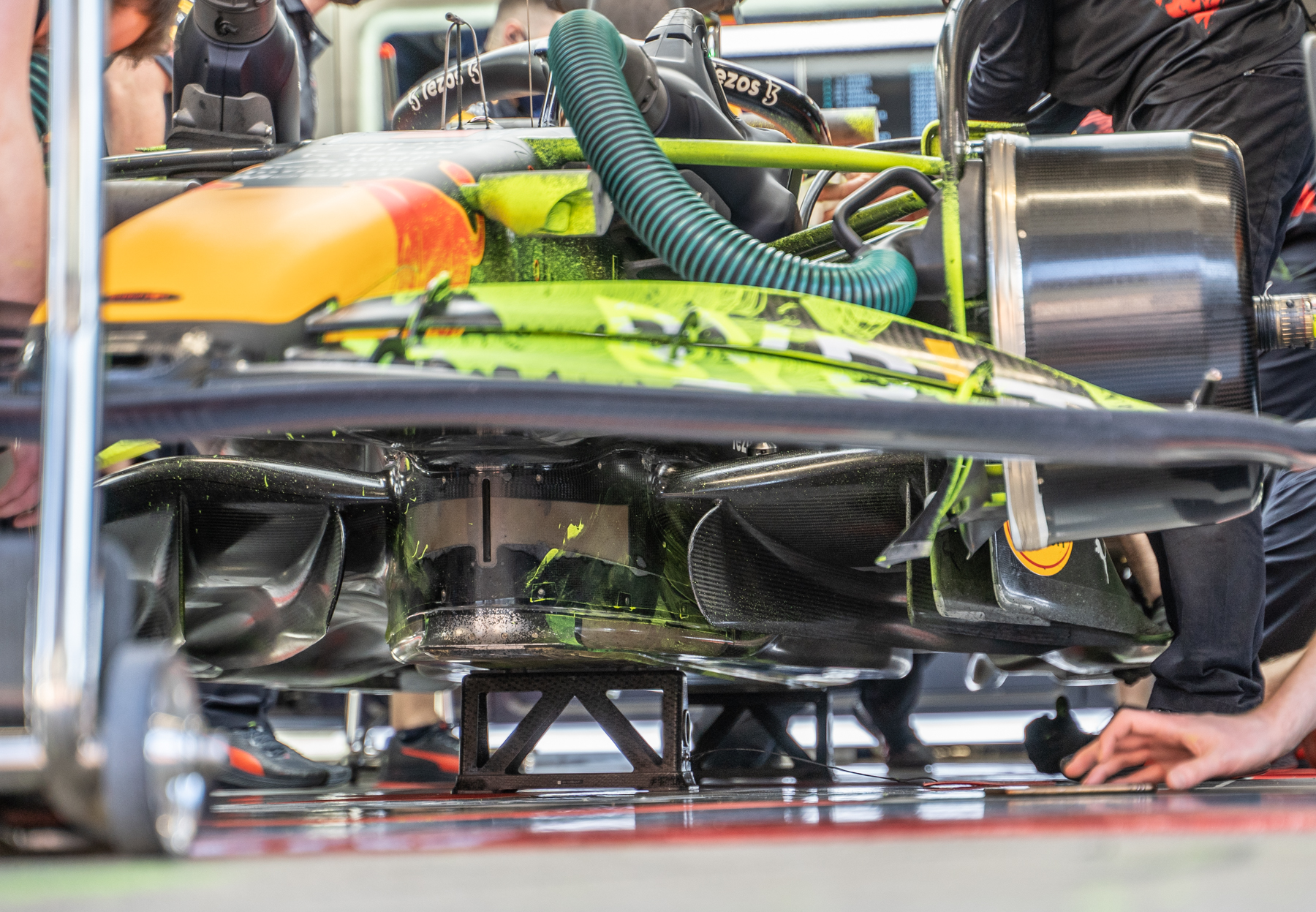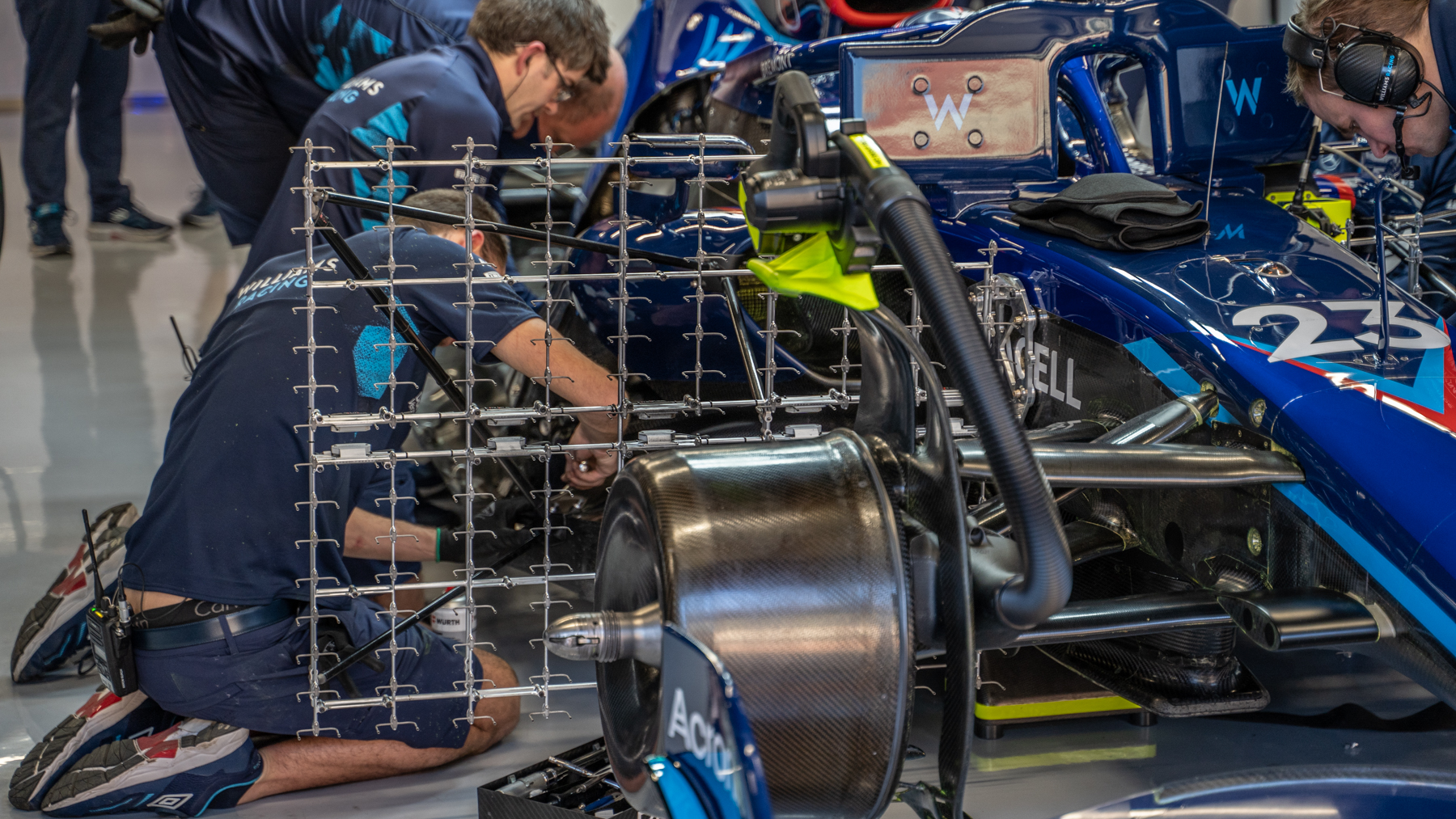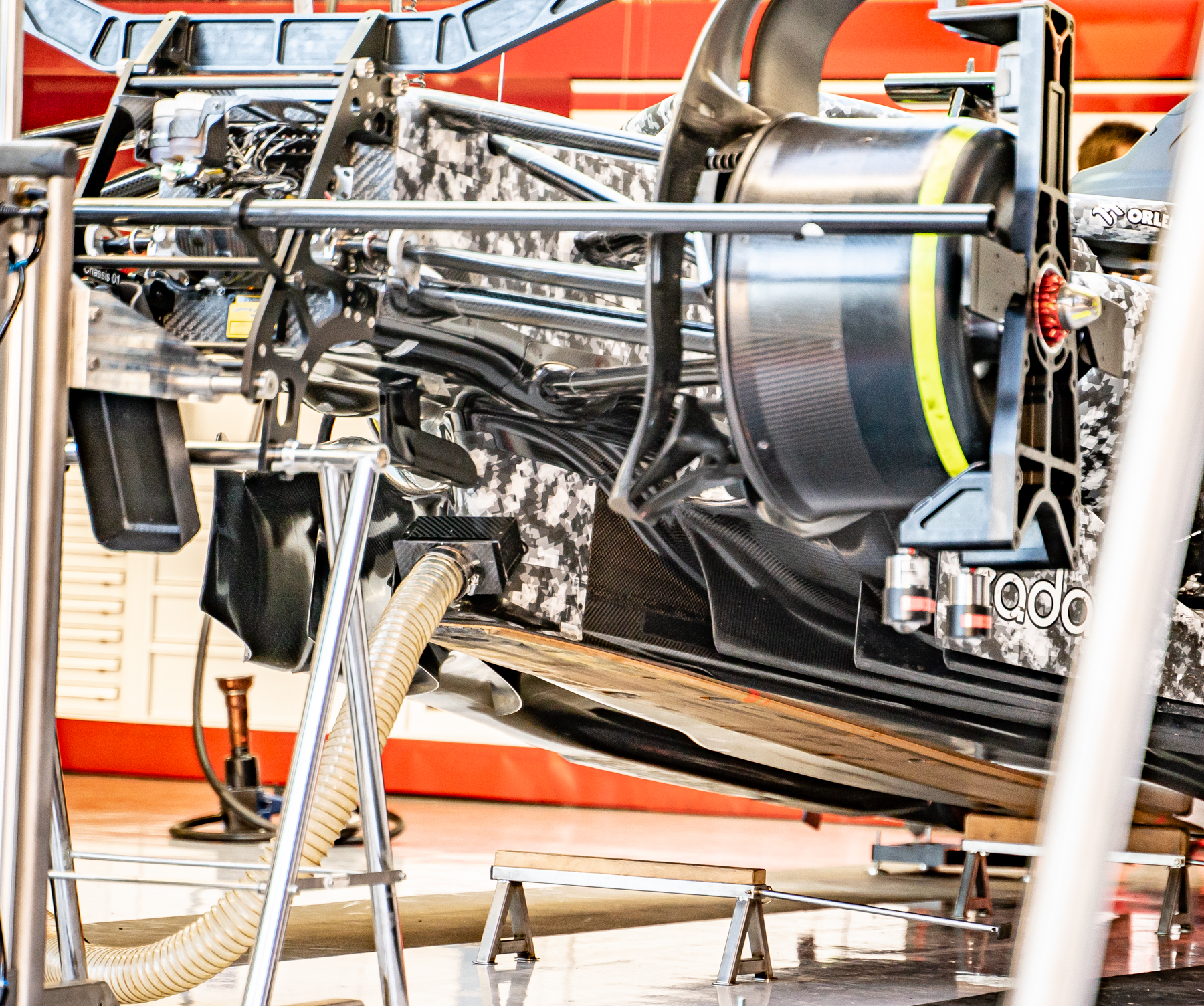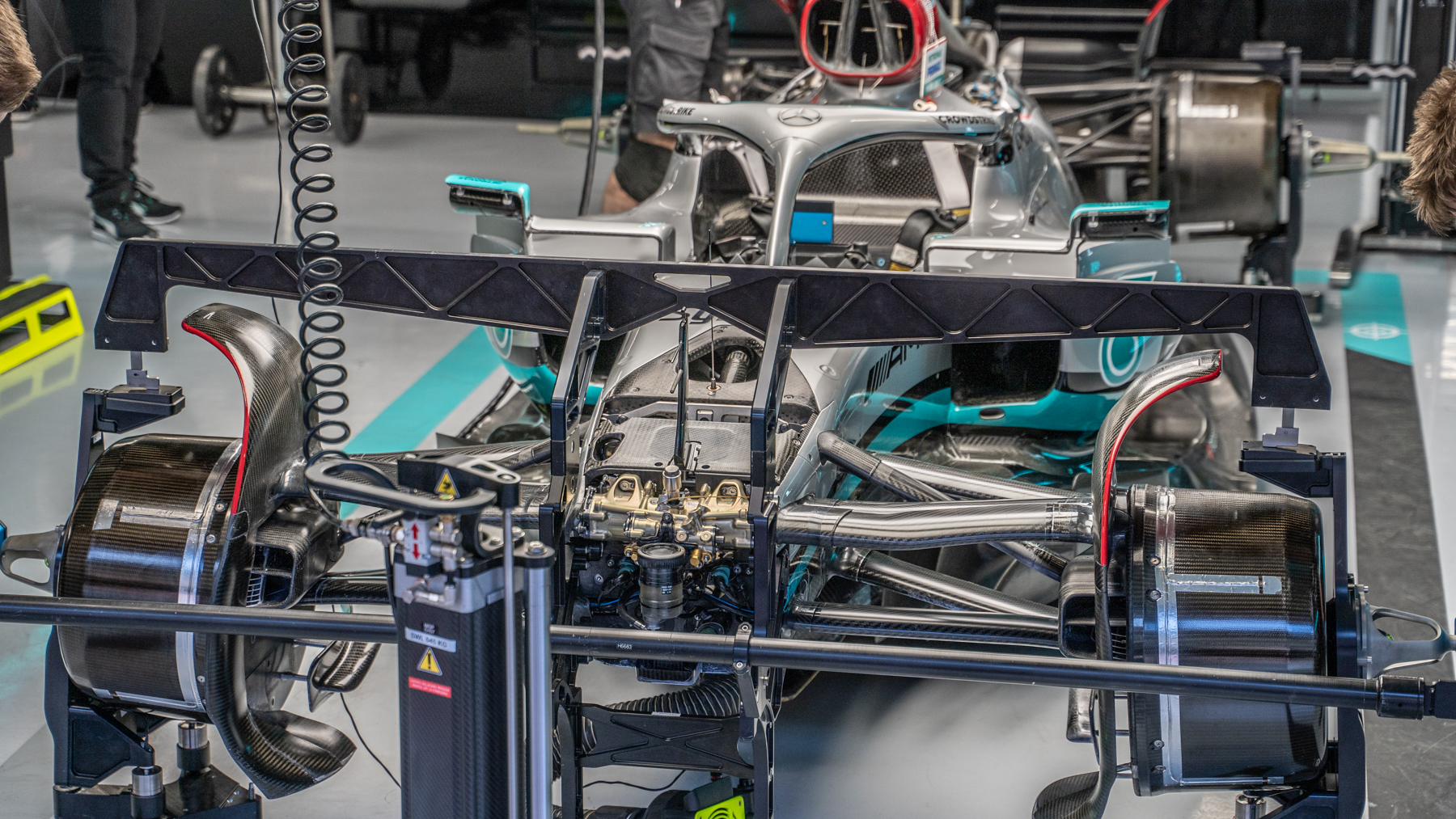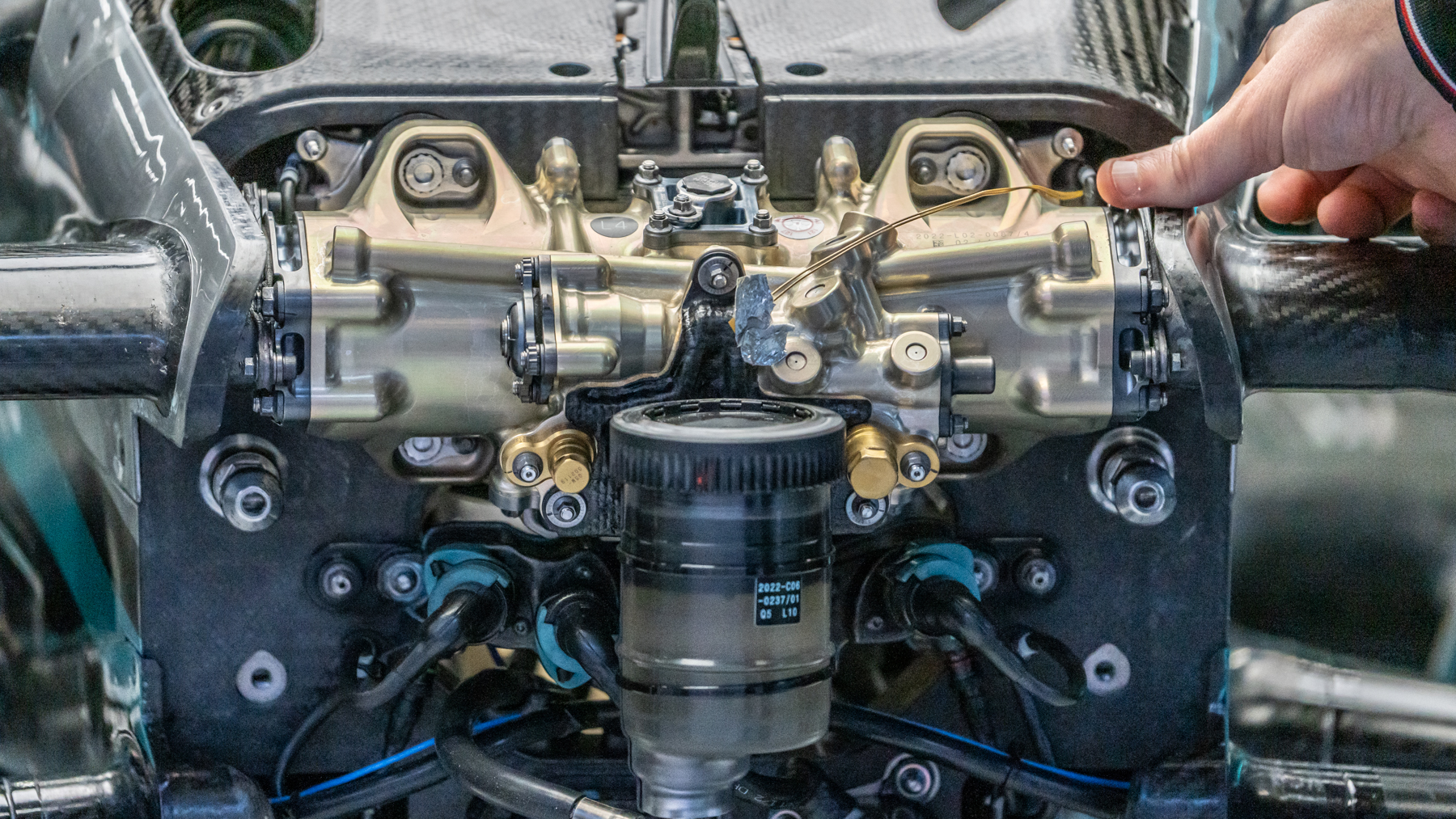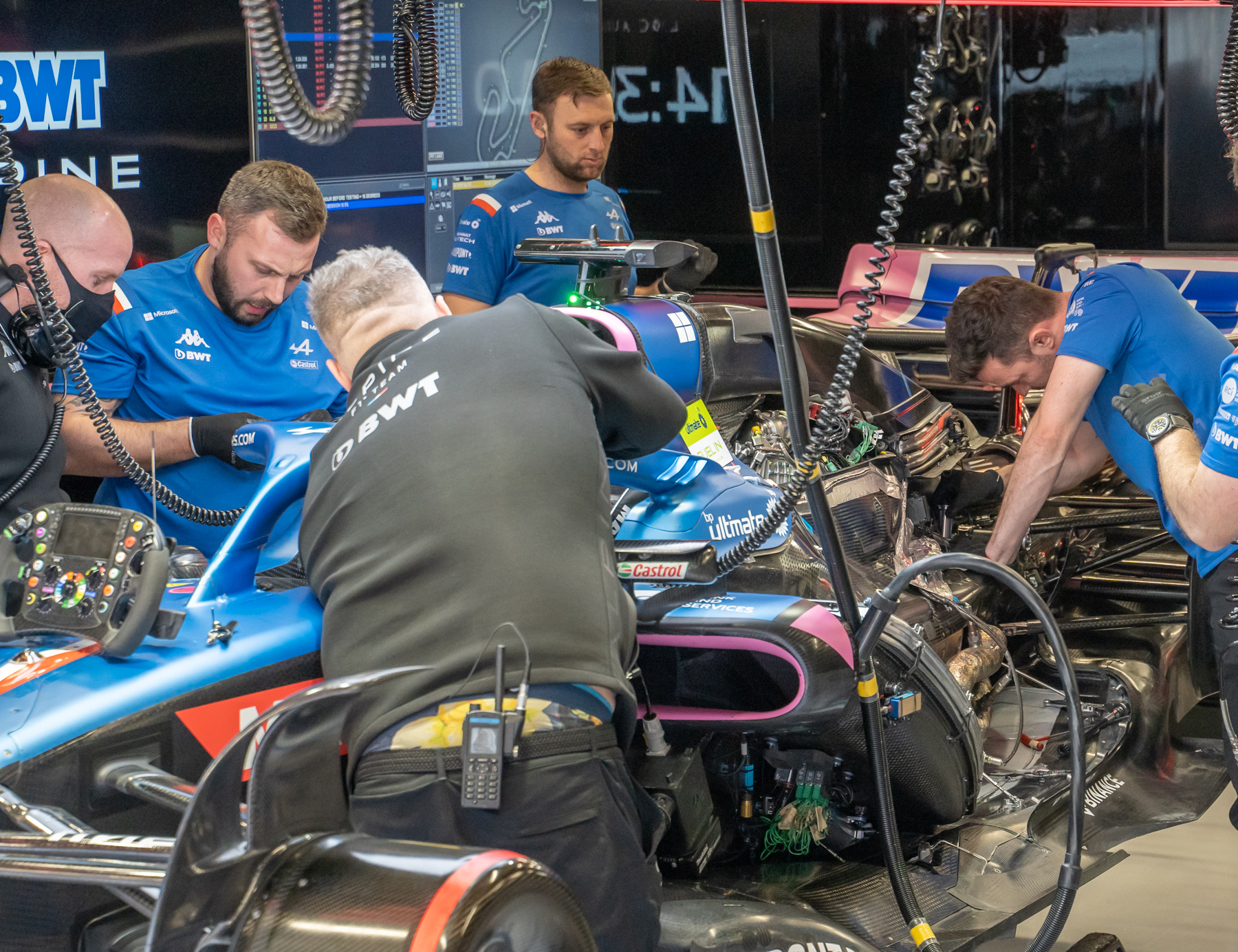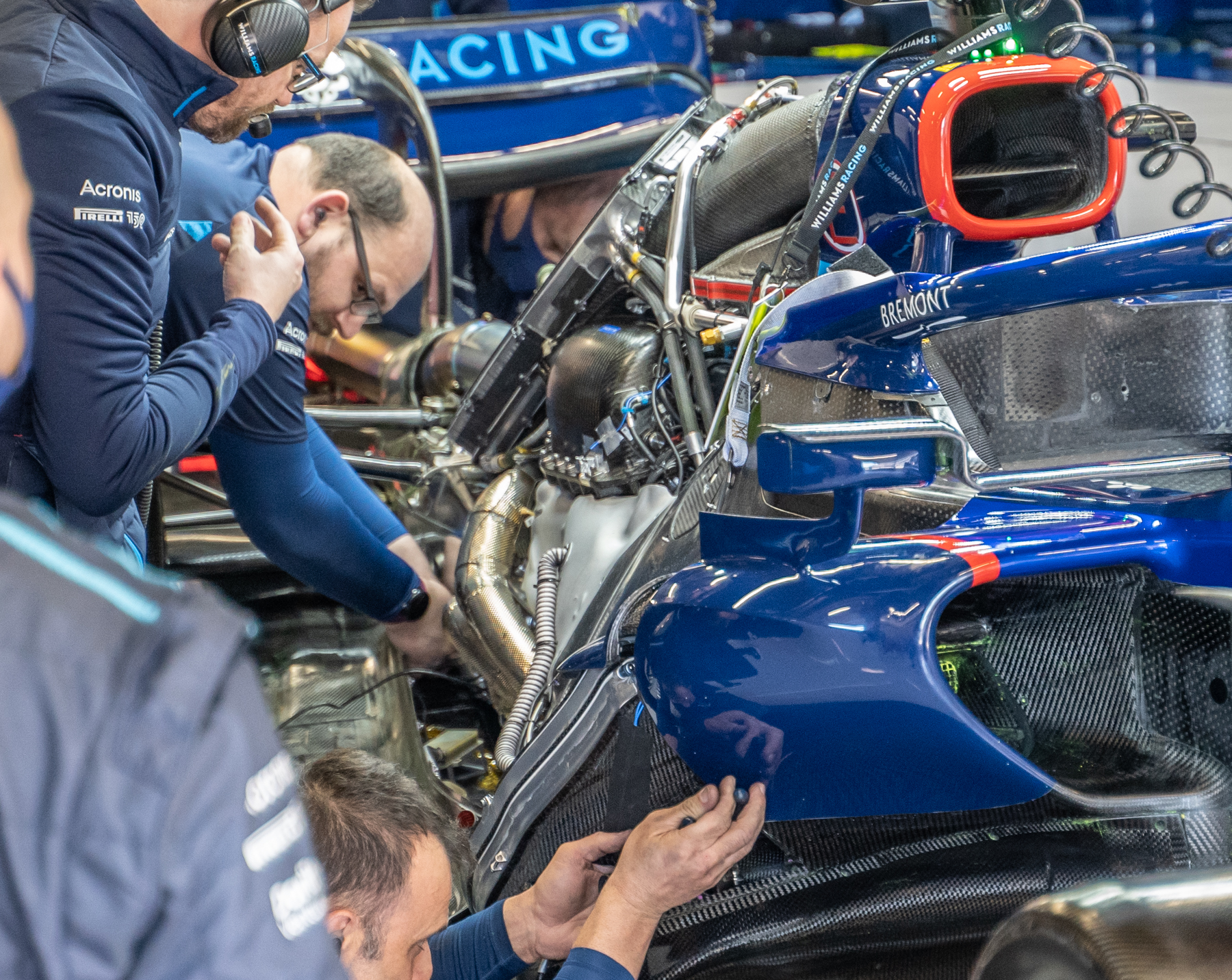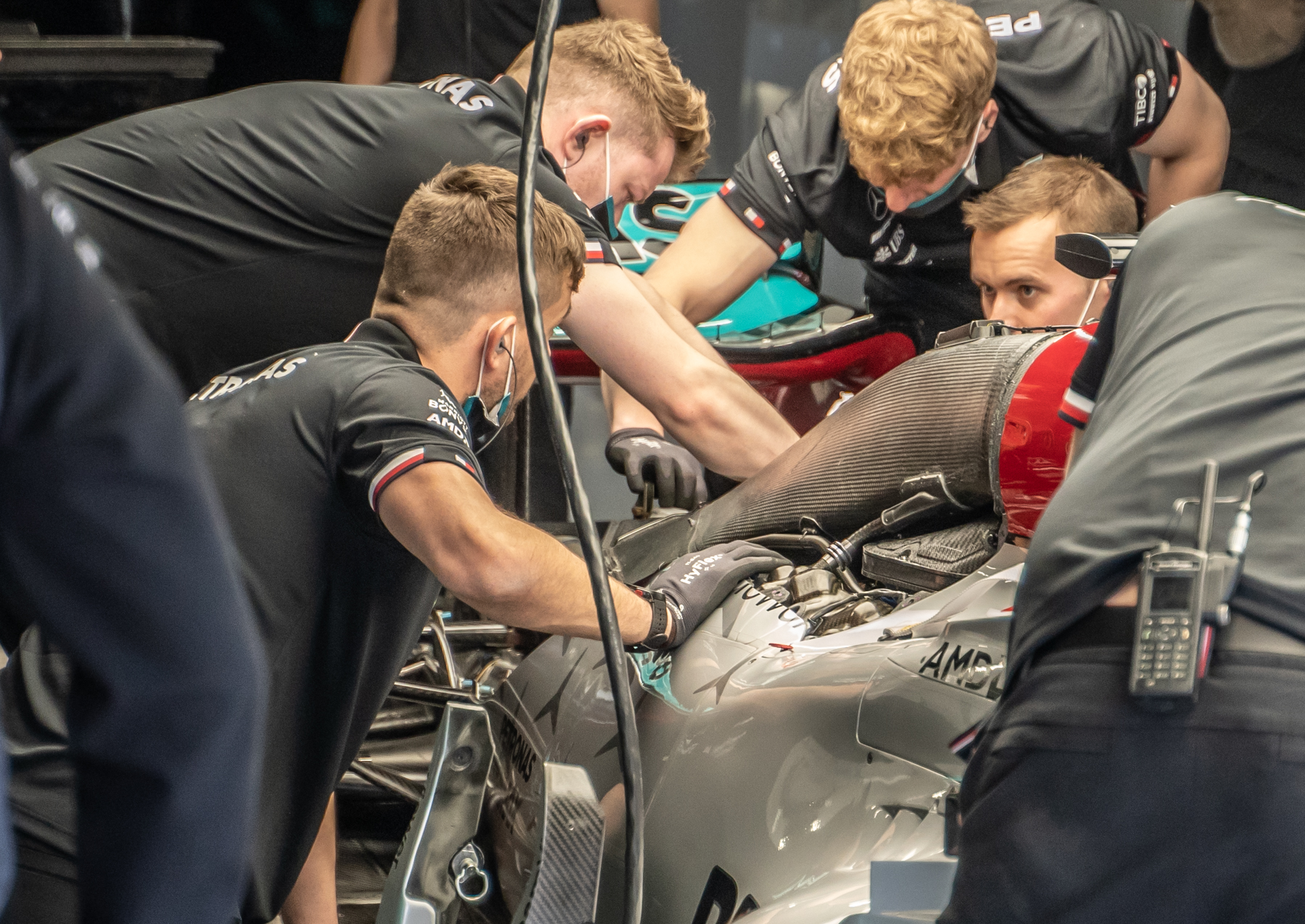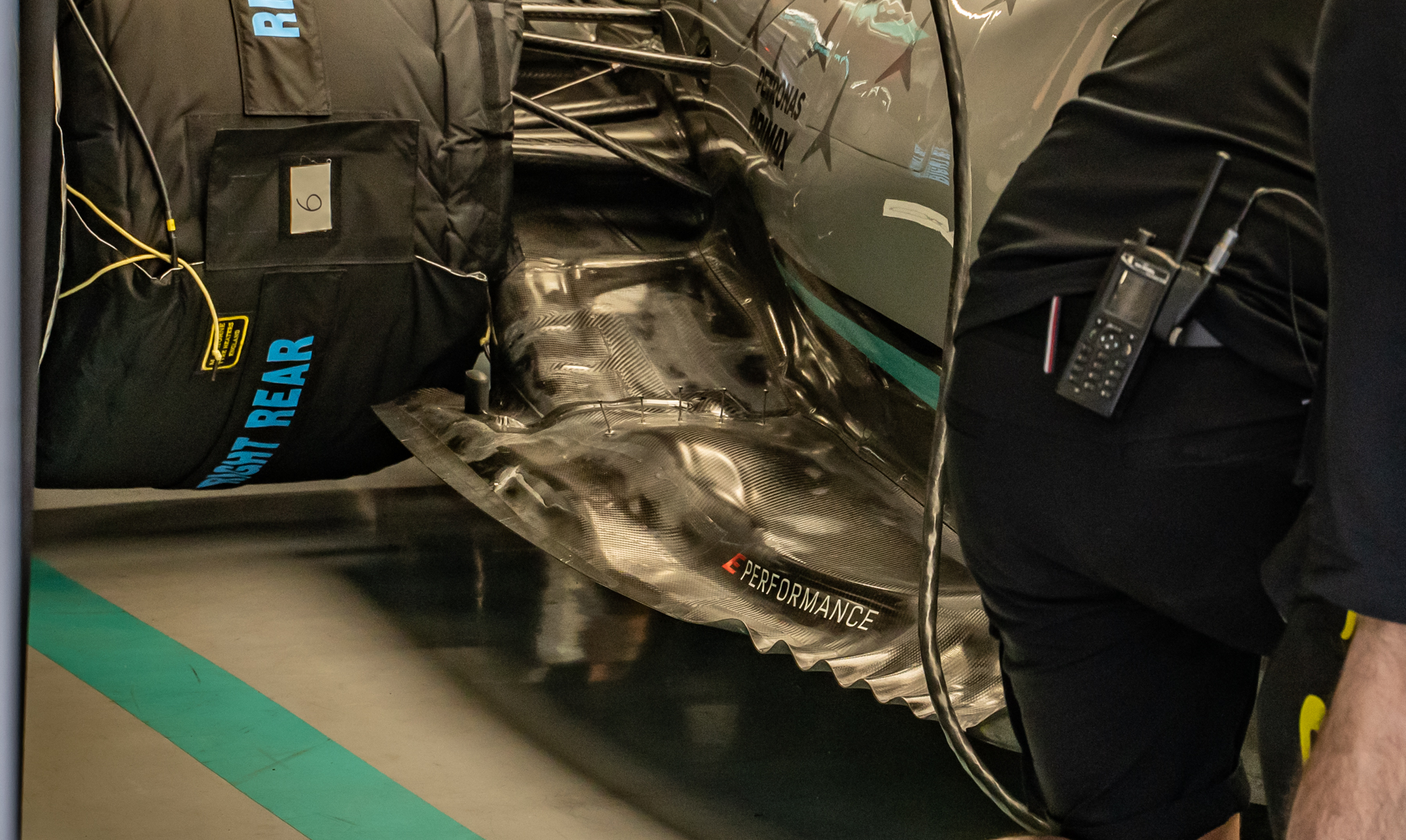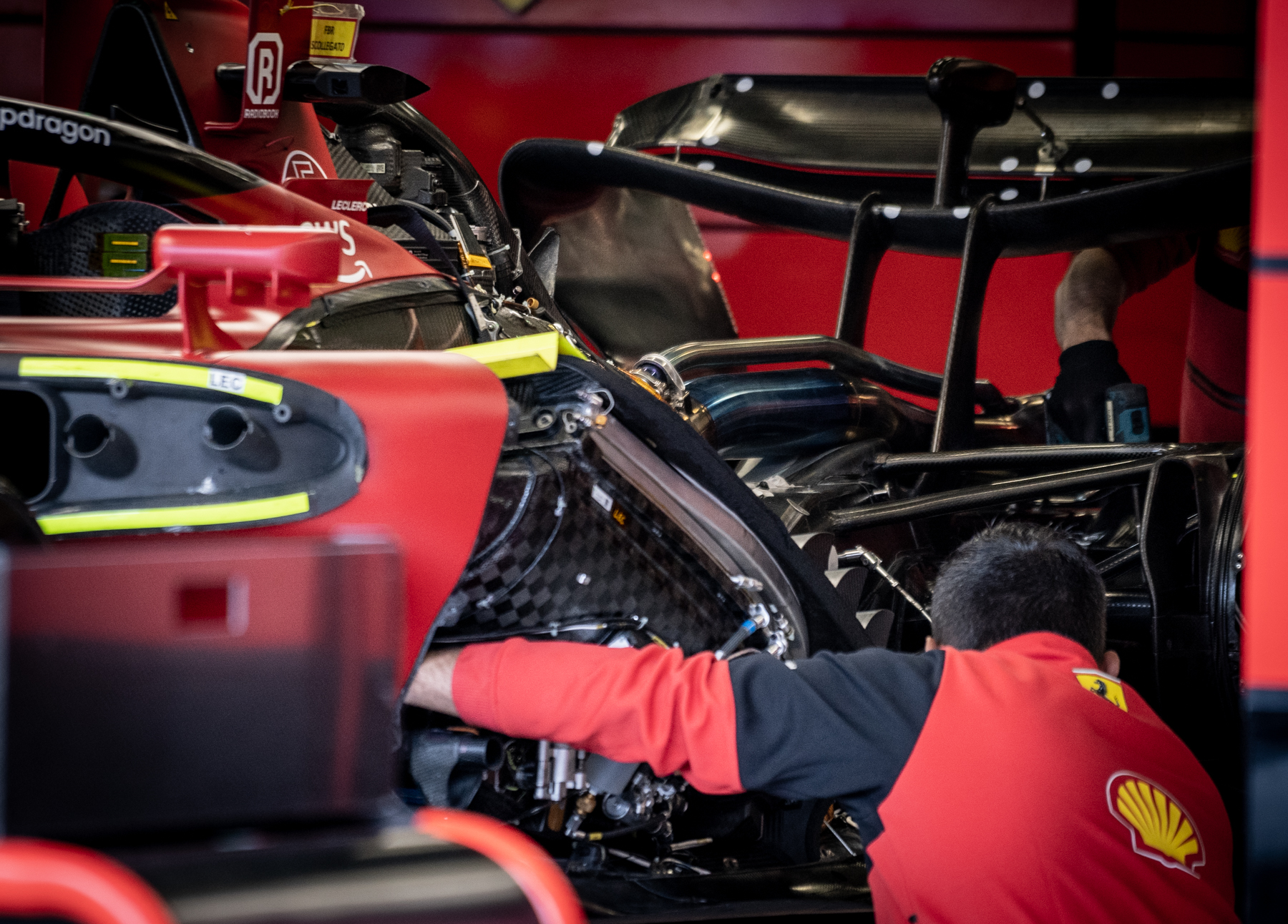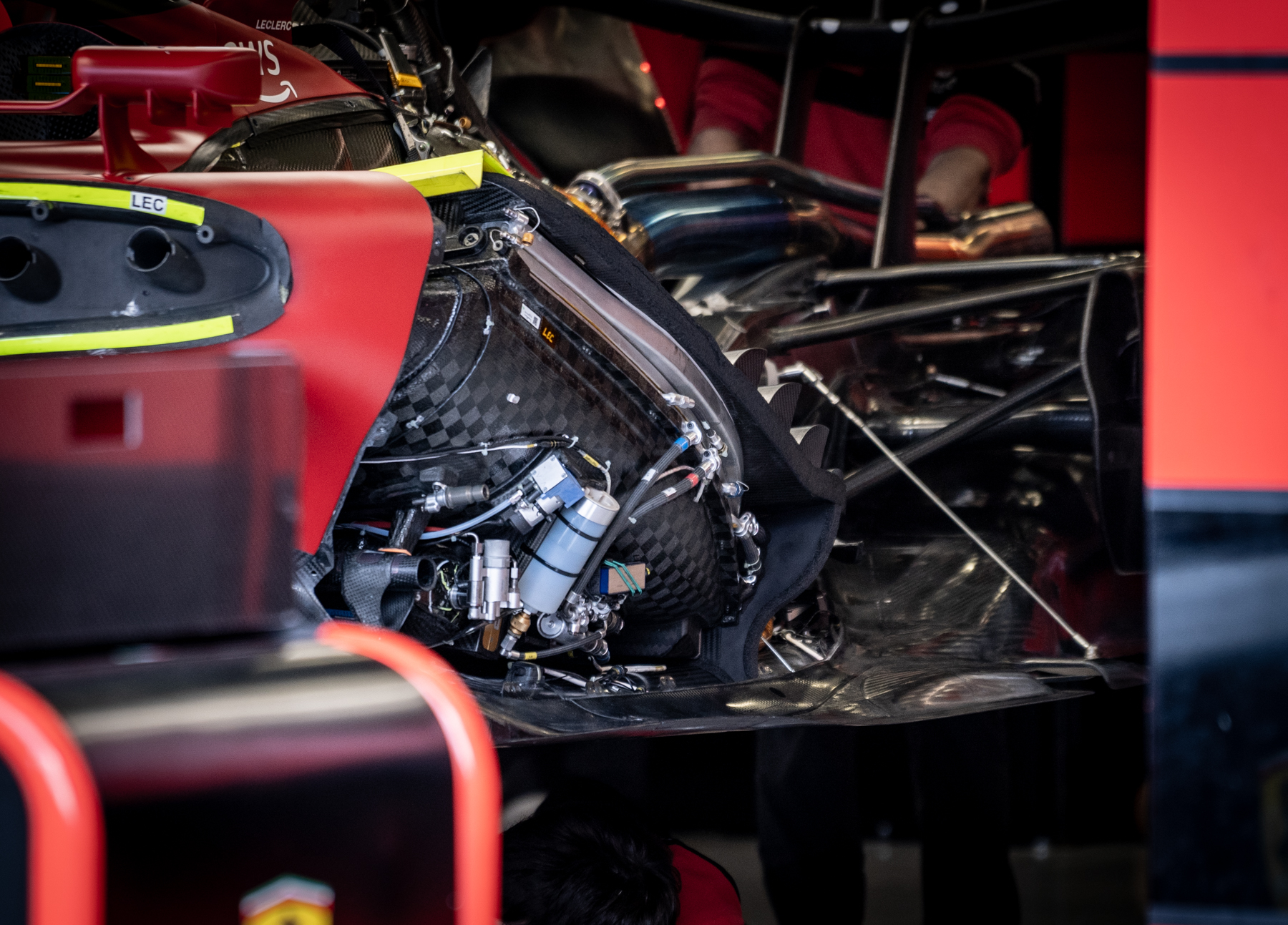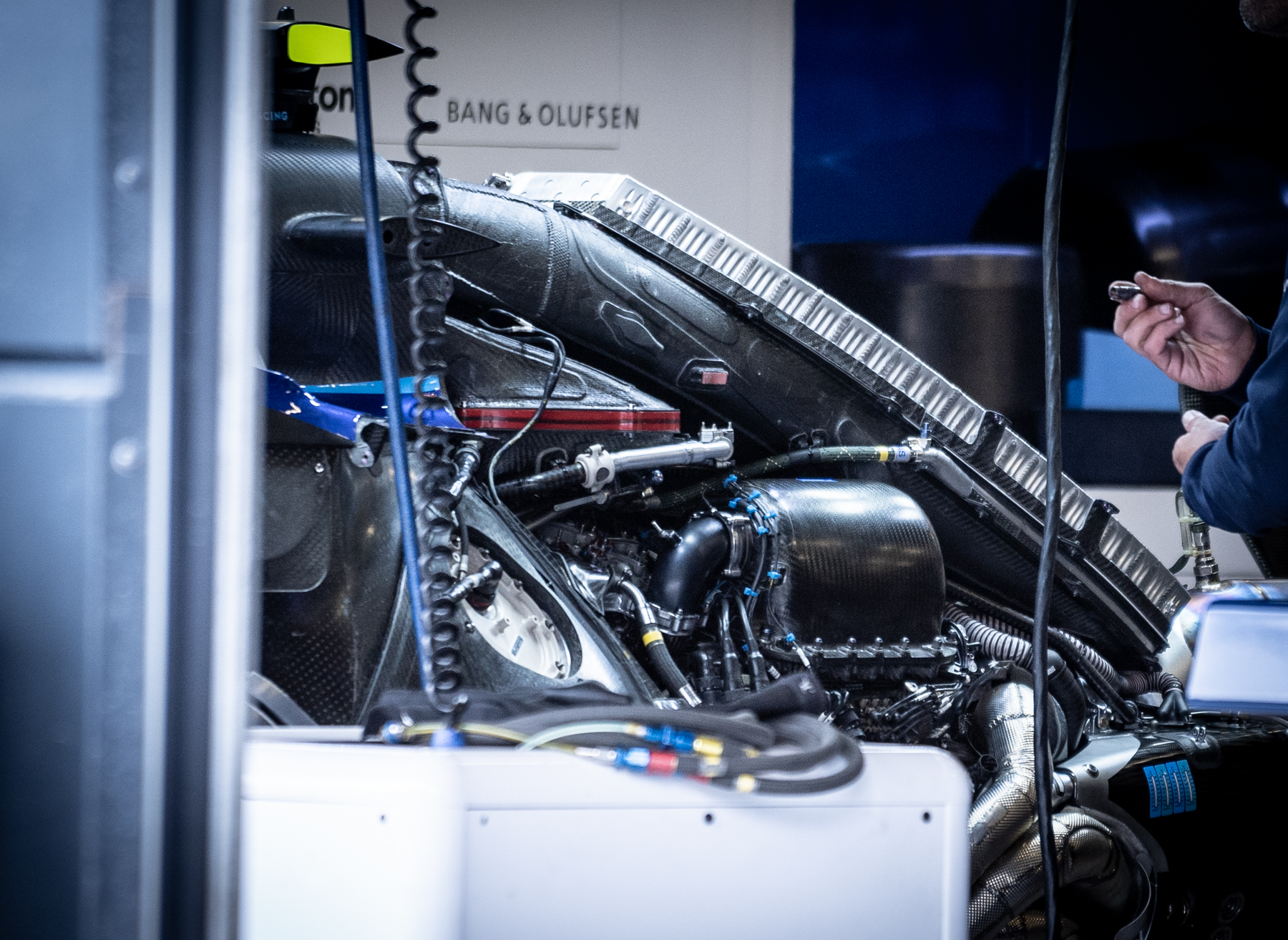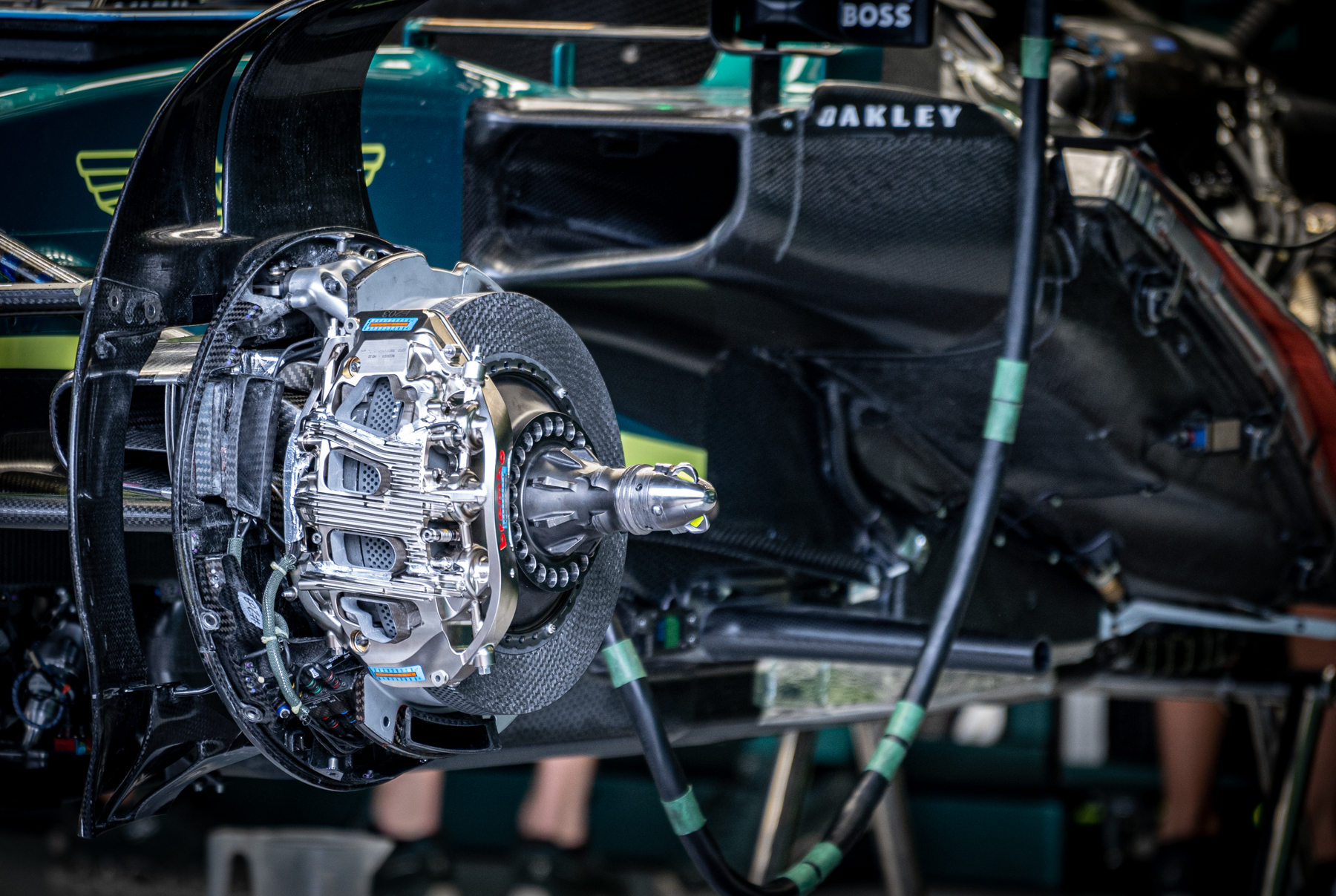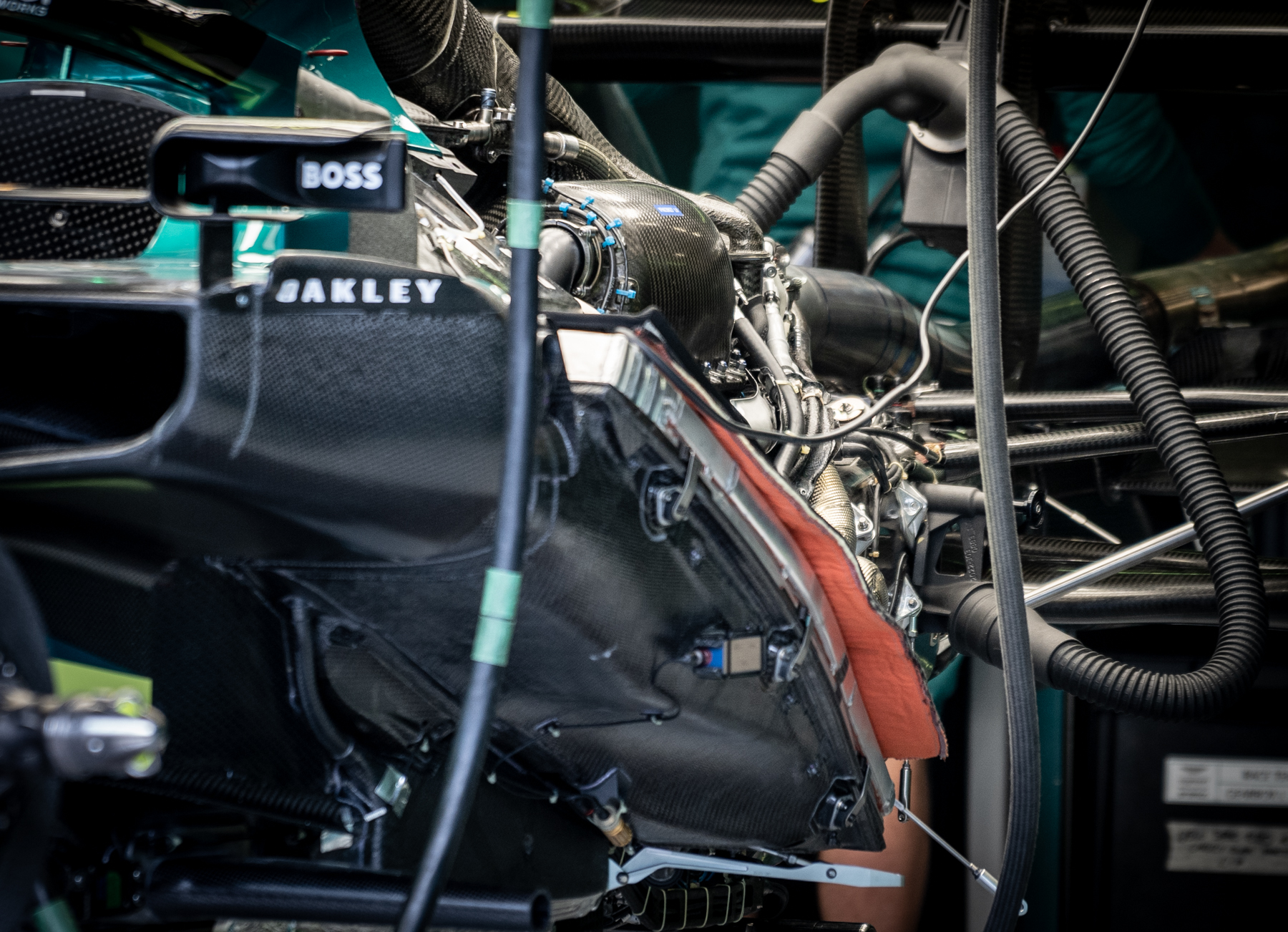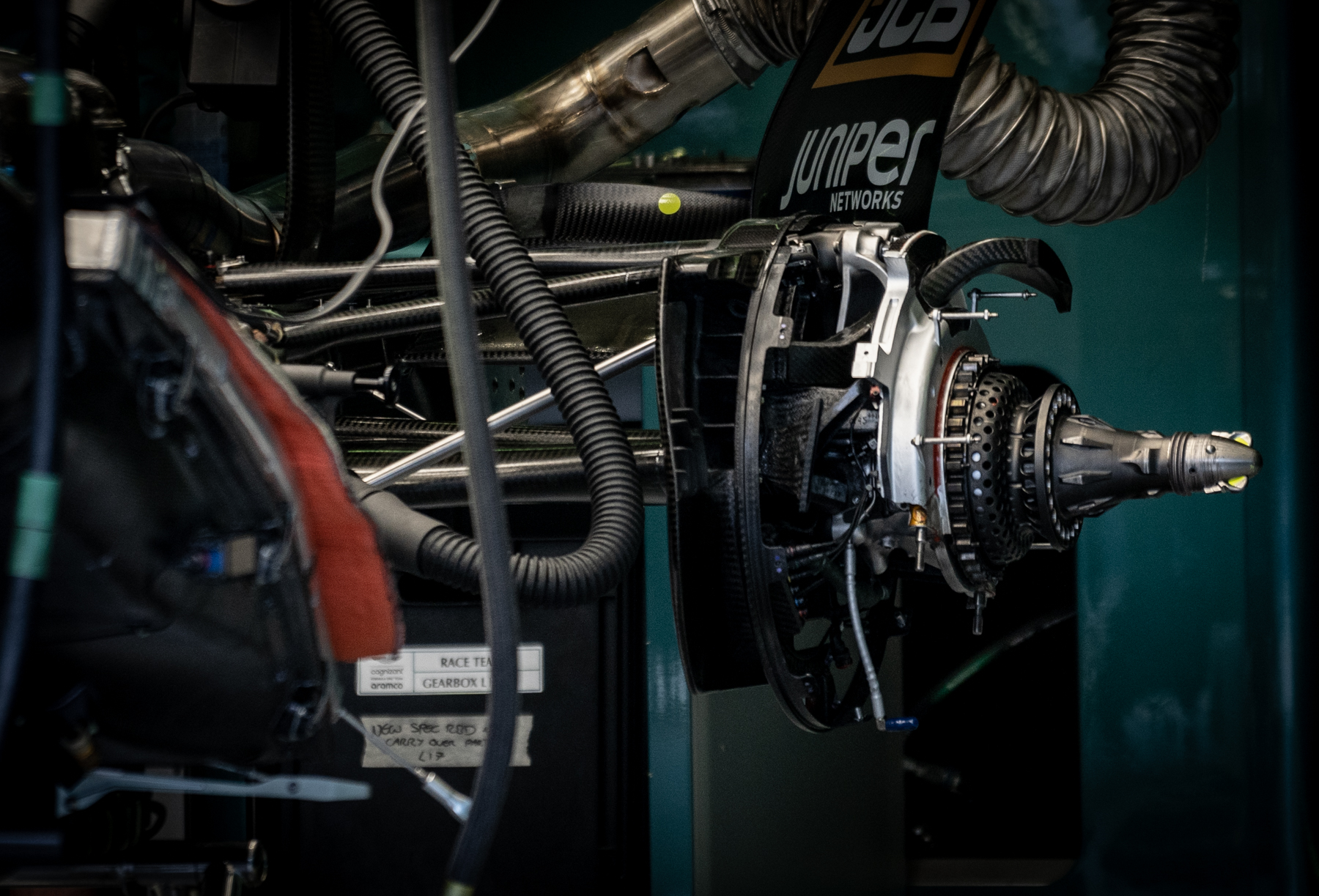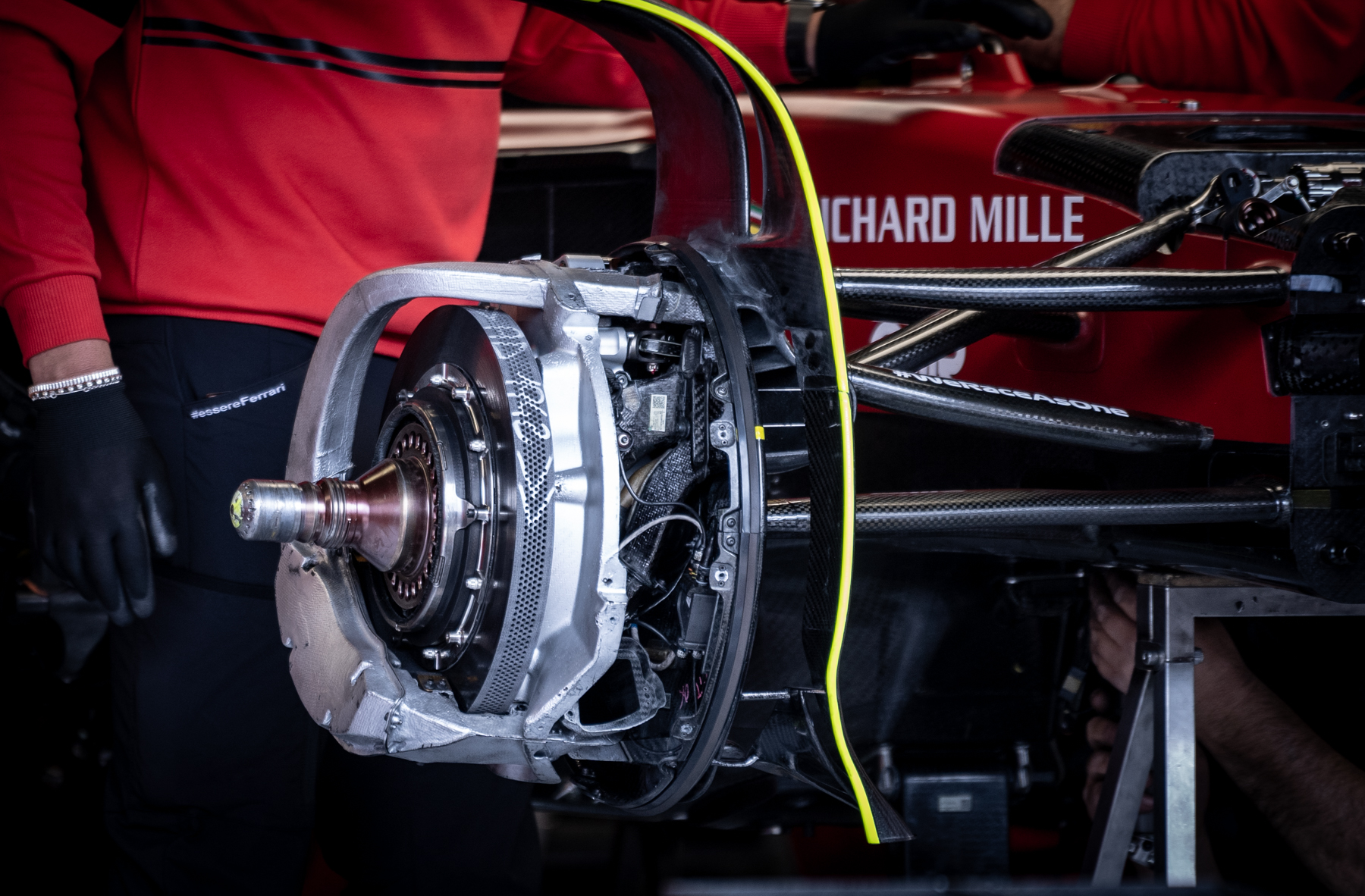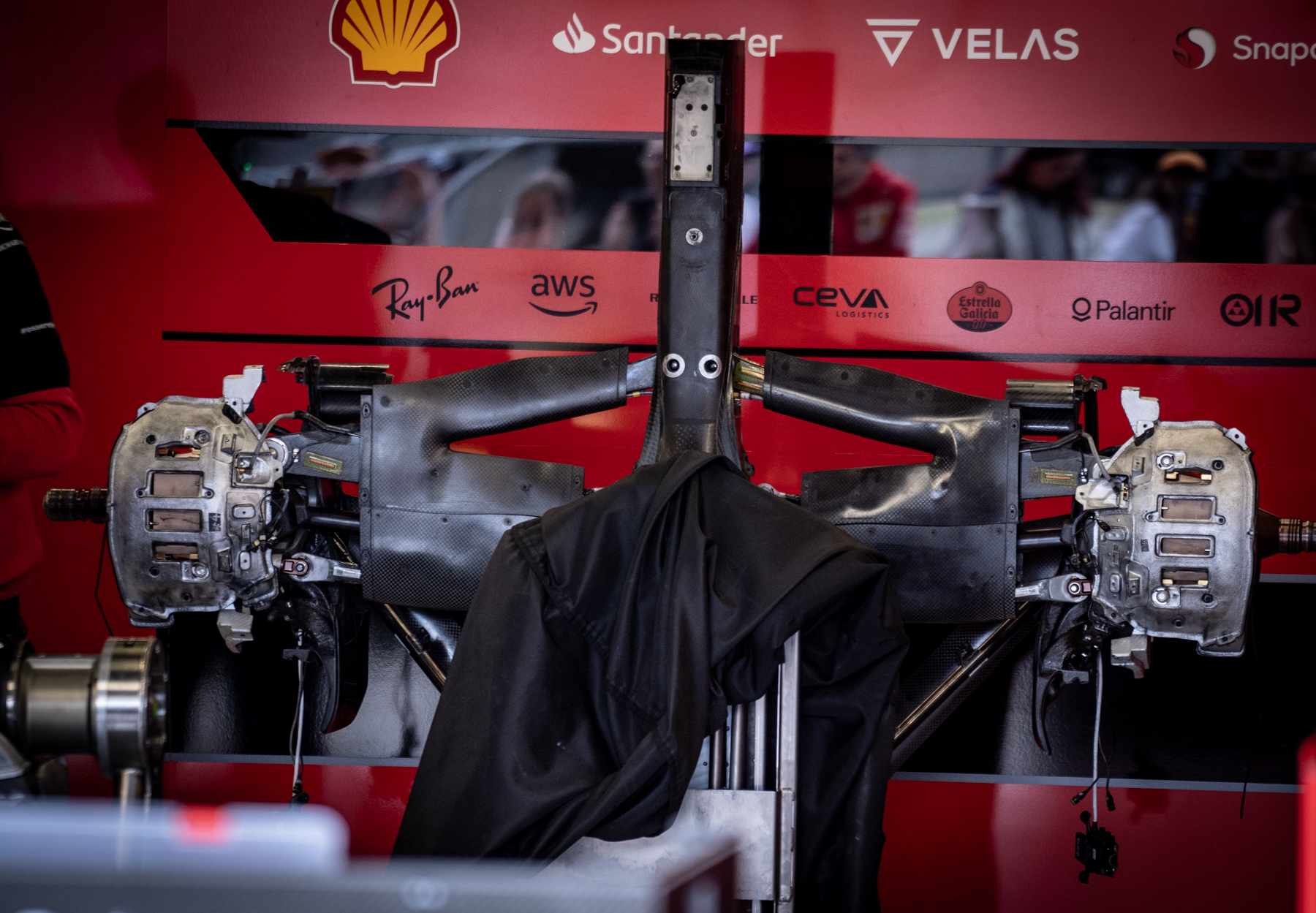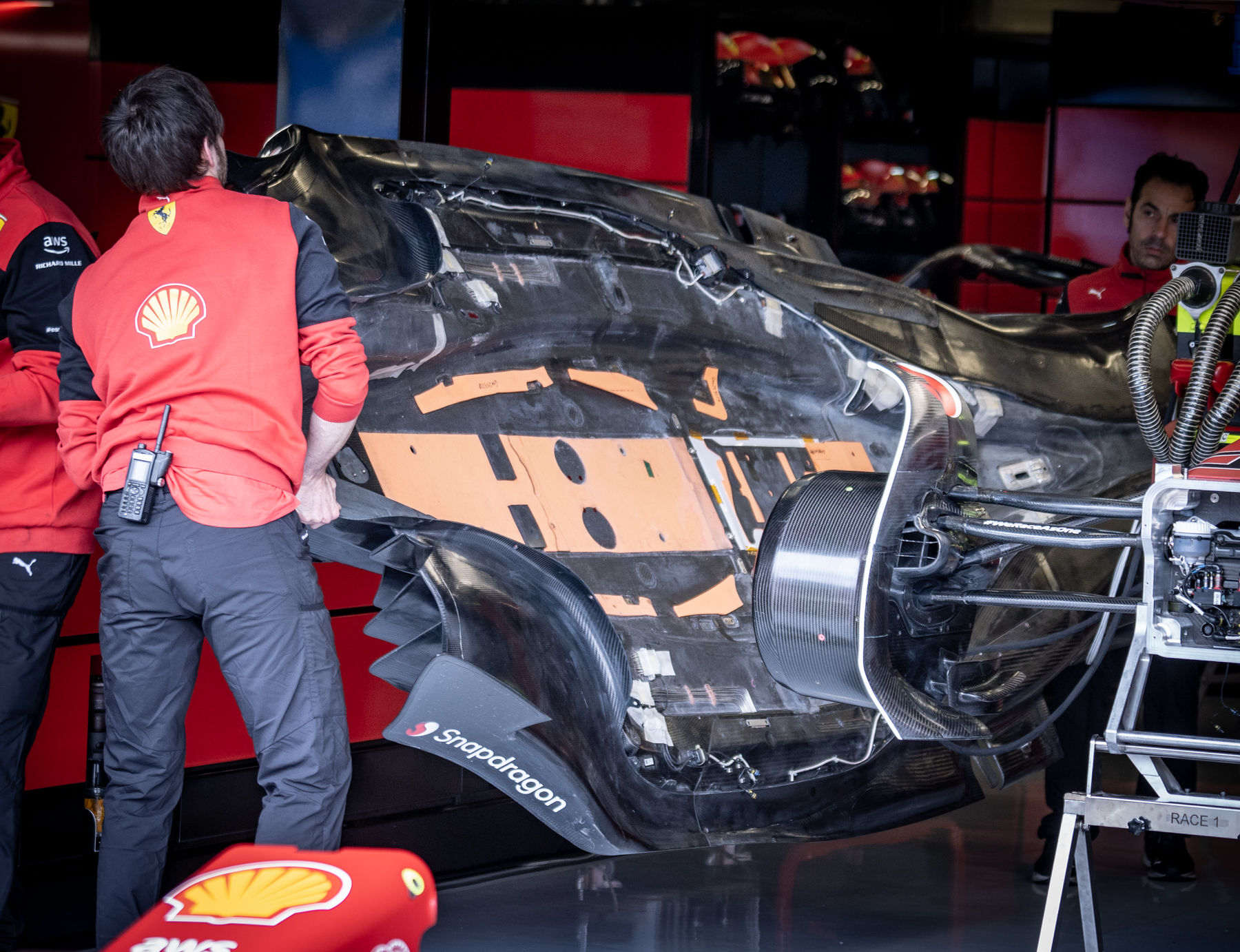Formula 1 rolled into 2022 with an all-new regulation set, radically shaking up the aerodynamic design of the cars. With a greater focus on developing downforce from the underfloor than previously, and considerable simplification of elements such as the front wing, the intent was to reduce the impact of dirty air on a following car. With the season 75% complete, it would appear the efforts of F1, the FIA and teams has been a success, with cars undeniably able to follow each other more closely. The new technical regulations, coupled with the cost cap, also seem to have helped close up the pack, though the big three – Red Bull, Mercedes and Ferrari – at least by the second half of the season, still held sway.
Professional Motorsport World quizzed various technical directors the paddock throughout 2022 to gauge how they had tackled the challenge of the new rules, and provide an insight into some of the technical highlights of the new era.
New horizons
Jody Egginton, technical director at Alpha Tauri, relished the reset 2022 brought. “The challenge of designing a car to these regulations, it is closest to a clean sheet design we’ve seen. That in itself was good, it’s rare, and it’s not often you get that opportunity.”
As to whether the rules had achieved what they set out to do, James Key, technical director at McLaren, felt they were a resounding success. “The regs have been effective and hats off to the FIA and F1 for achieving that in such a scientific way, and making it work on track. I think it’s been a real success and impressive when compared to rule changes in the past. The cars are definitely easier to follow.” Key also points out that despite the rules creating cars that are heavier, with theoretically less downforce than in 2021, the pace in 2022 is actually on a par with previous years.
However, Mercedes technical director Mike Elliot was less effusive in his praise, understandable given the team’s struggles with the sometimes-petulant W13. “You can get closer in the corner. But the overtake is not easier, because the benefit you get in the corner is outweighed by the reduction wake you get on the straights. So I think net, it has not really changed. In terms of the closing up the grid. It’s probably the same split as we had before, because the only team out of positioning is us, but that’s our problem to deal with.”
With everyone starting with a black canvas, it was inevitable that there would be winners and losers. For Egginton, the task was as exciting as it was at time vexing. “It’s been a fantastic learning curve learning. We’ve had the challenges of understanding what makes the car tick, [understanding] bouncing and the porpoising, while trying to form a view of what’s the best approach to car development. It’s been intense.” He points to the fact that not only have the technical regulations changed, there is an ever tightening budget cap implemented in the sporting regulations. “[They mean] really having to focus on your development strategy, how you want to do it, making sure that you get good bang for the buck and not going down blind alleys on development.”
As for fears that the rules were so restrictive, all the cars would look the same, these have proved unfounded. “We were sitting there and managed to draw dramatically different cars during the concept phase,” says Egginton. Key concurred. “They all look really different way more different than our fears, and most of that is sidepods and packaging.” Haas technical director Simone Resta also suggests that there is little sign of design convergence yet, surmising. “I guess, everyone is trying to understand how their original car is working and trying to improve it rather than changing direction from a macro point of view.”
Development avenues
Driving the new rules was a goal of reducing the wake effect on following cars. To this end, the front and rear wings are much simplified compared to 2021, and previously highly complex areas such as the bargeboards have also been restricted. With the onus on the underfloor for downforce generation, it was inevitable that this would be an area of intense development. “The floor is one of the if not the biggest, aerodynamic performance differentiators, and the devils in the detail there. The [rest of] the body work has its authority, but it’s [design] is also a function of what you’re doing with the floor, and your power unit,” confirms Key.
Floor edge design detail is an area which has seen extensive development across the grid, with Egginton noting that this is thanks in part to the area’s influence on porpoising (see Bouncing along), but also its wider contribution to overall floor performance. He also suggests that it is a relatively easy area to modify, provided such modification potential is considered early in the design phase. “When you’re designing the car, such as the way you split your molds [for the composite parts], you try to build in as much easy development as you can. That is an area where we are relearning things and still evolving.”
Looking to the variation in detail seen along the length of the floor edges, Elliot summarizes that much of this focuses around vortex generation to improve the performance of the underfloor, specifically limiting air spilling in from the upper surface. “[If you look] at the front [floor] behind the strakes, there is an outwash condition there, similar to what we’ve had in previous years. What you do further rearwards varies from team to team and we’re probably a little bit sensitive about the details. Generally speaking, you’re either trying to generate or create some sort of semi-sealing effect [on the floor].”
Sidepod design and packaging is the other area that varies considerably across the grid, from the extreme, compact solutions of Williams and Mercedes at one end of the spectrum (though the former switched to a different concept mid-season), to Aston Martin and Ferrari at the other. Mercedes certainly raised some eyebrows with its exceptionally tight sidepod design during the second pre-season test in Barcelona. Commenting on its appearance, McLaren’s Key says. “Although hasn’t been the best season for them, I think the Mercedes car was brilliant when it came out. I was like, wow, okay pretty brave. Could be mega, might be difficult? But very brave to push the boundaries.”
Explaining some of the reasoning behind its setup, and the role sidepod geometry plays in 2022, Elliot highlights. “The things that everybody sees on a car are the wings, but the dominant aerodynamic features are the wheels, and their wake that washes up over the car. There are lots of different ways to deal with that wake, in the past we’ve used axle blowing and the bargeboards.”
With the new rules and banning of those devices, the sidepods have assumed a more prominent role in controlling these flow structures, and the influence they have on the rear of the car. “You can have a big bluff base sidepod, to push the tire wake away. Or, in our case, we’ve chosen to try and try and pull the body working as narrow as we can to help us deal with that wake,” says Elliot. He also reinforces that though the sidepods are important to the car’s overall aerodynamic performance, their contribution pales compared to the main elements of the front and rear wings, and the underfloor – specifically how flow is controlled into the floor entry.
Resta says that Hass, along with likely every other team on the grid, did investigate an approach similar Mercedes, but, “we discarded it because we felt there was less potential than what we are now running. We developed both concepts, but decided to proceed with our current solution.”


